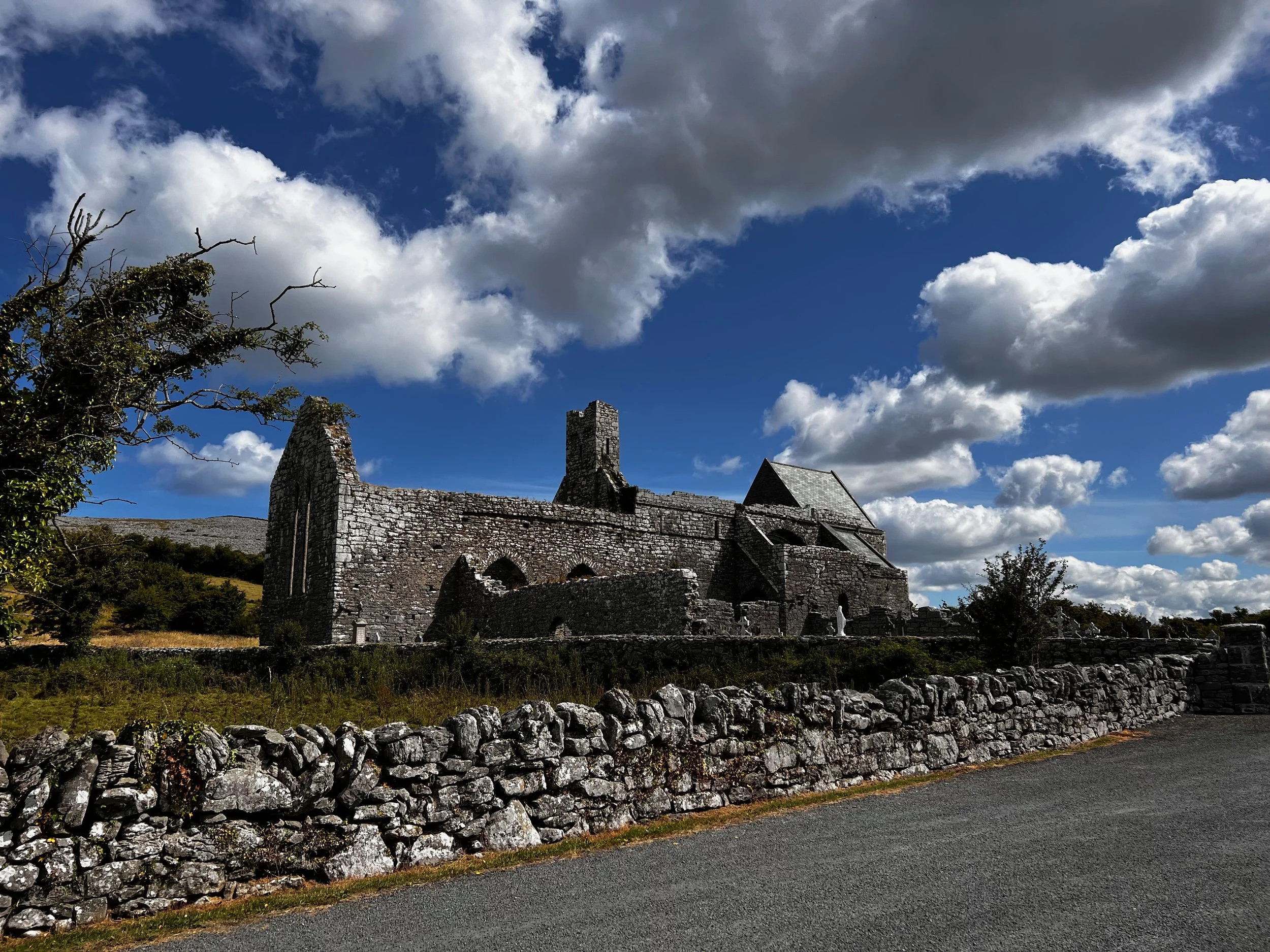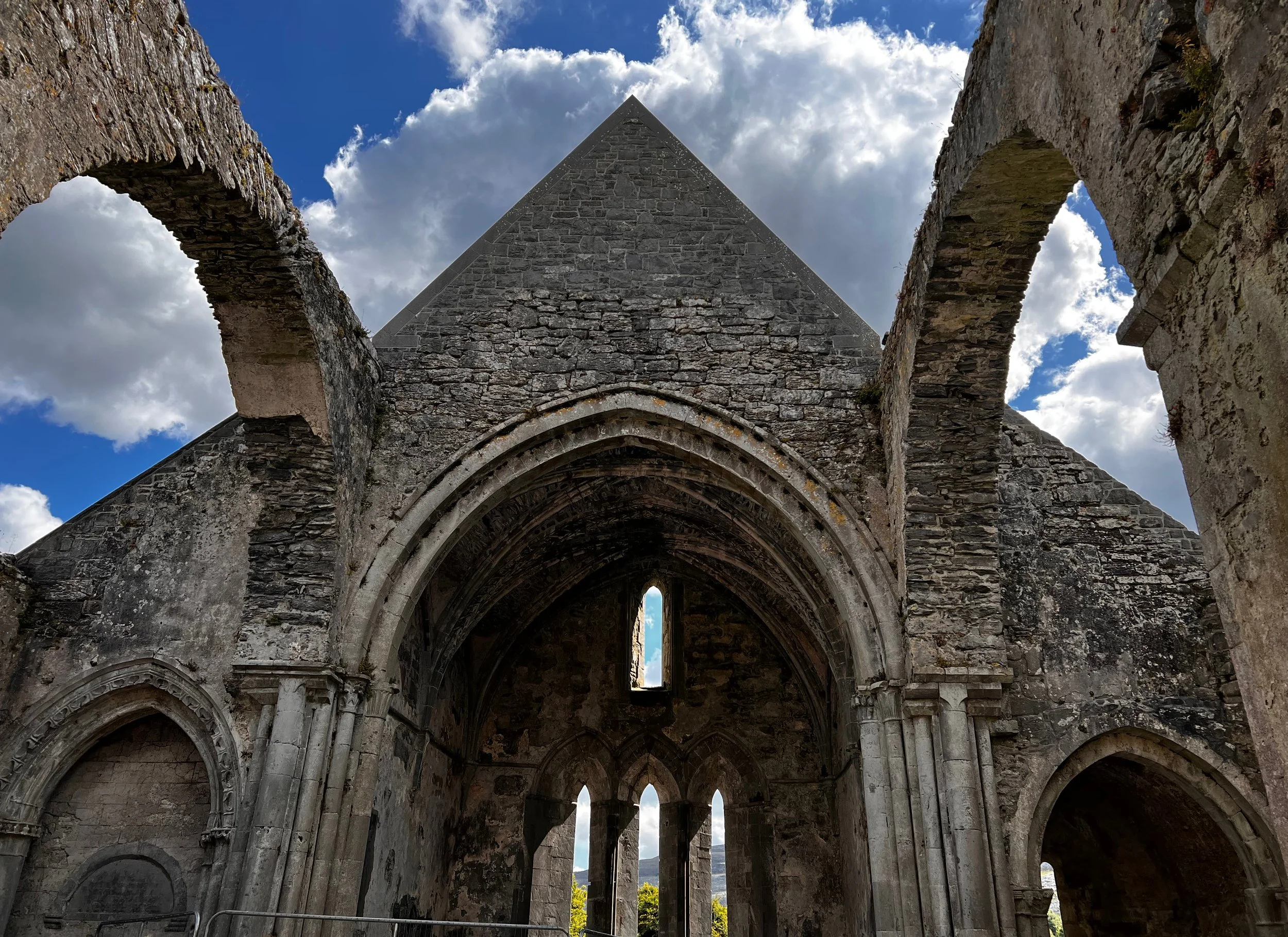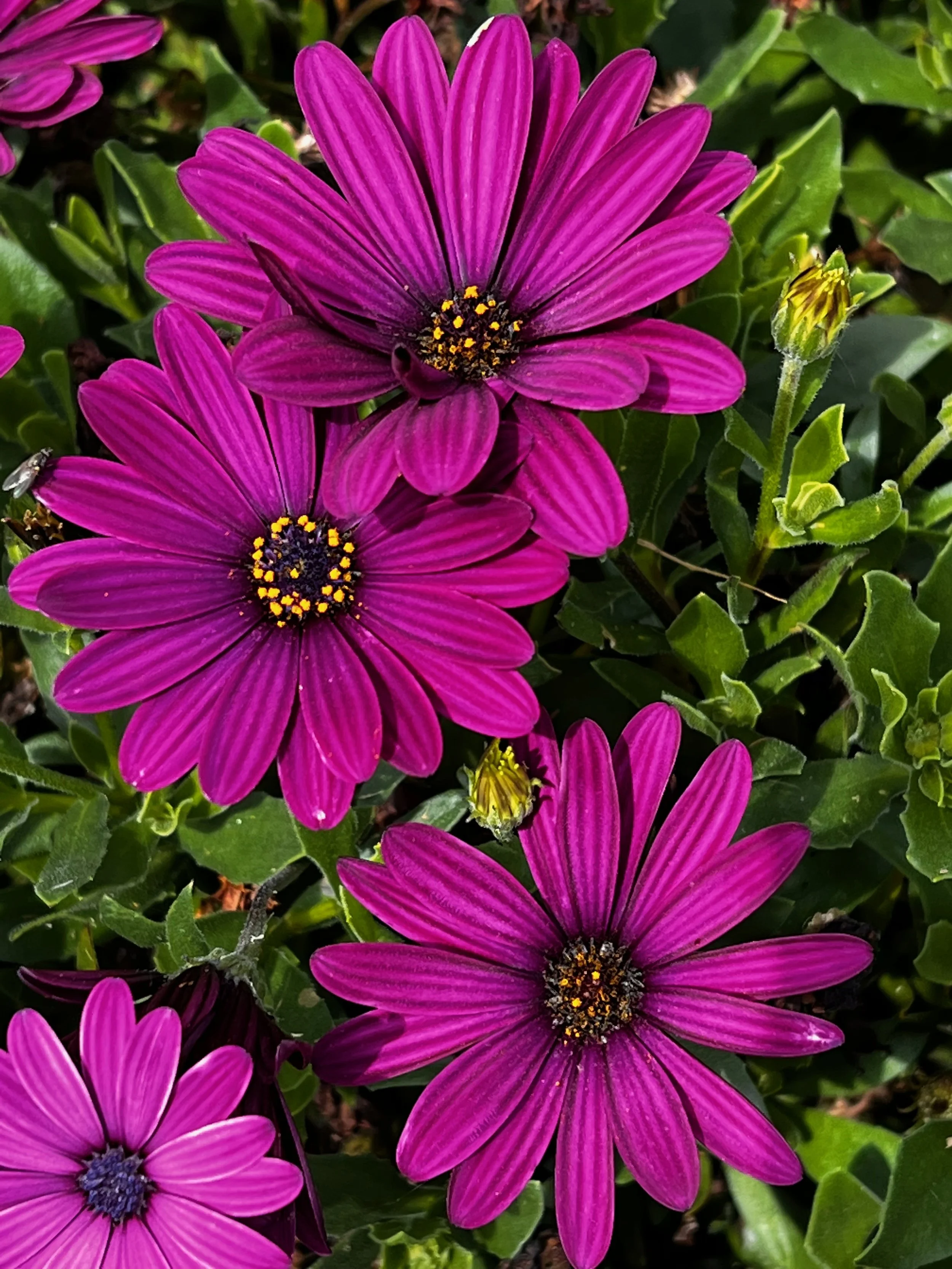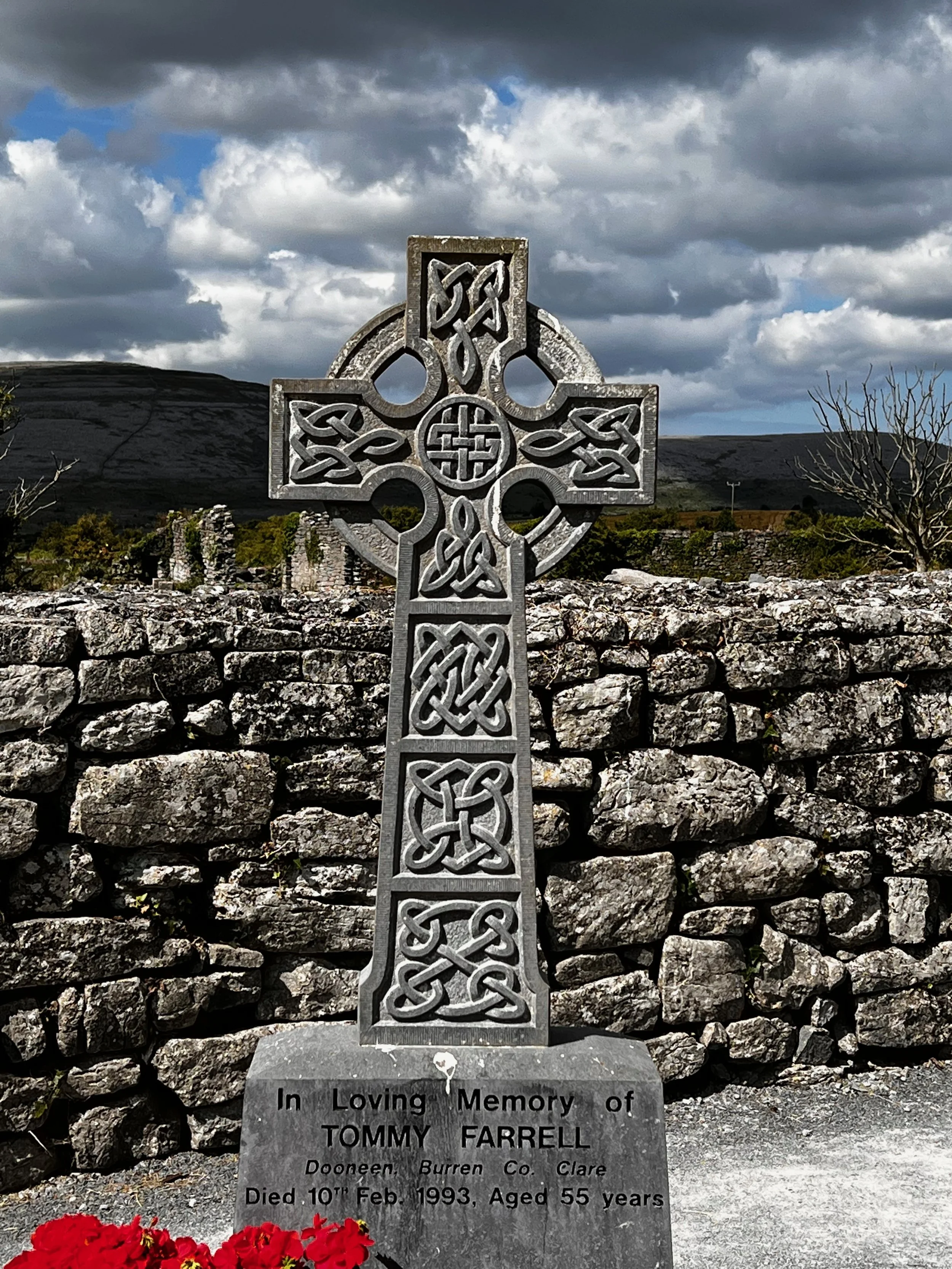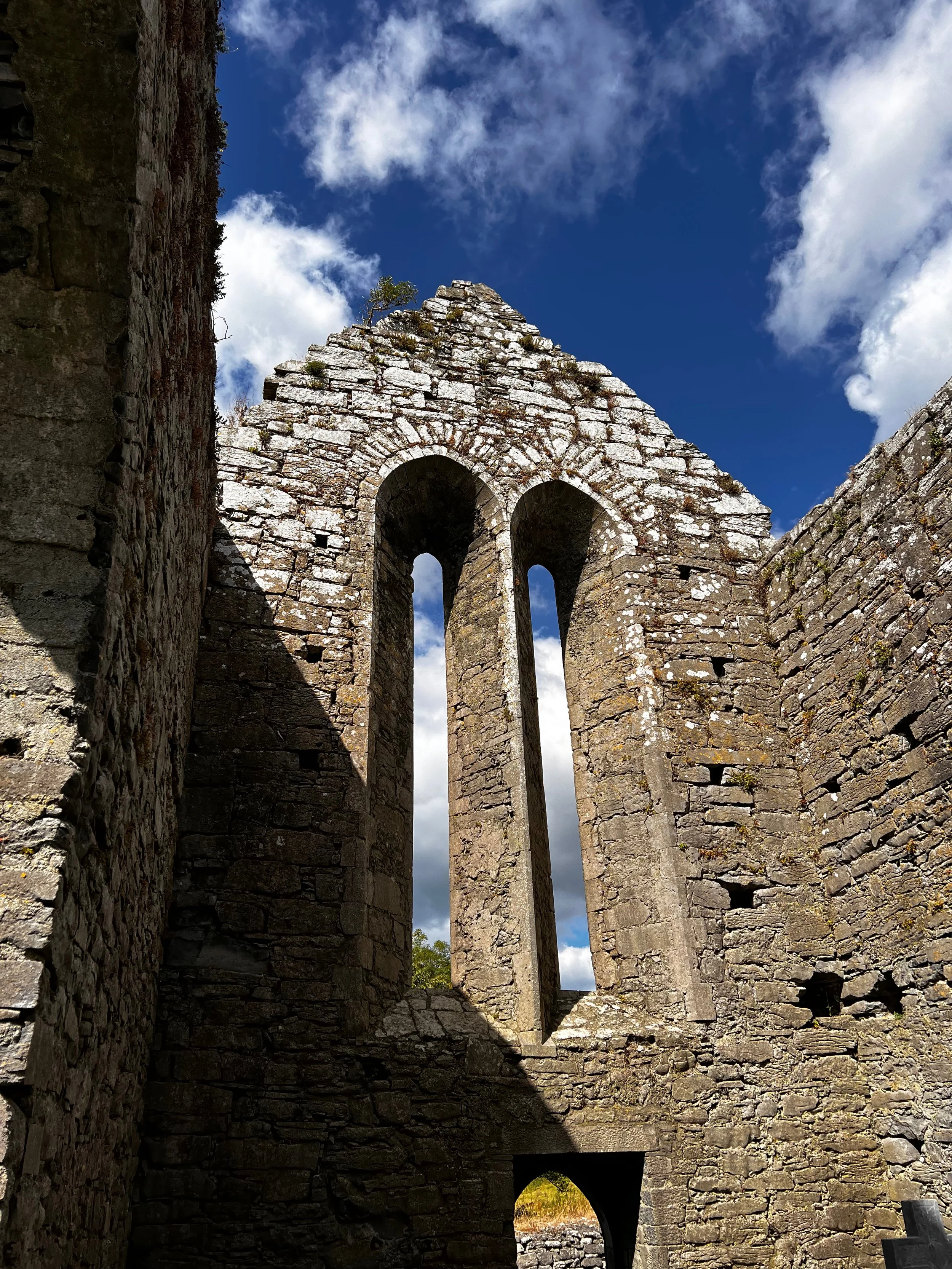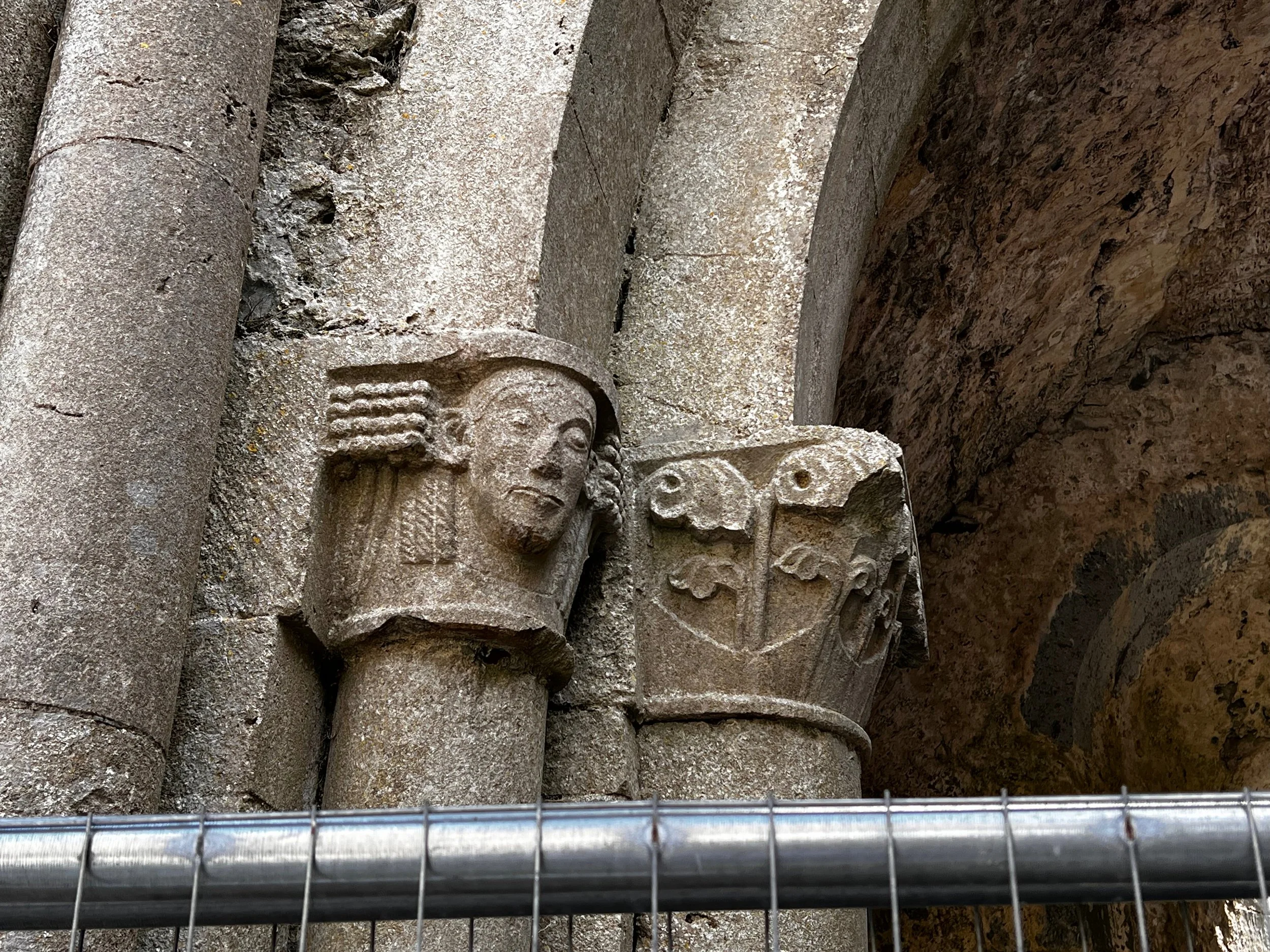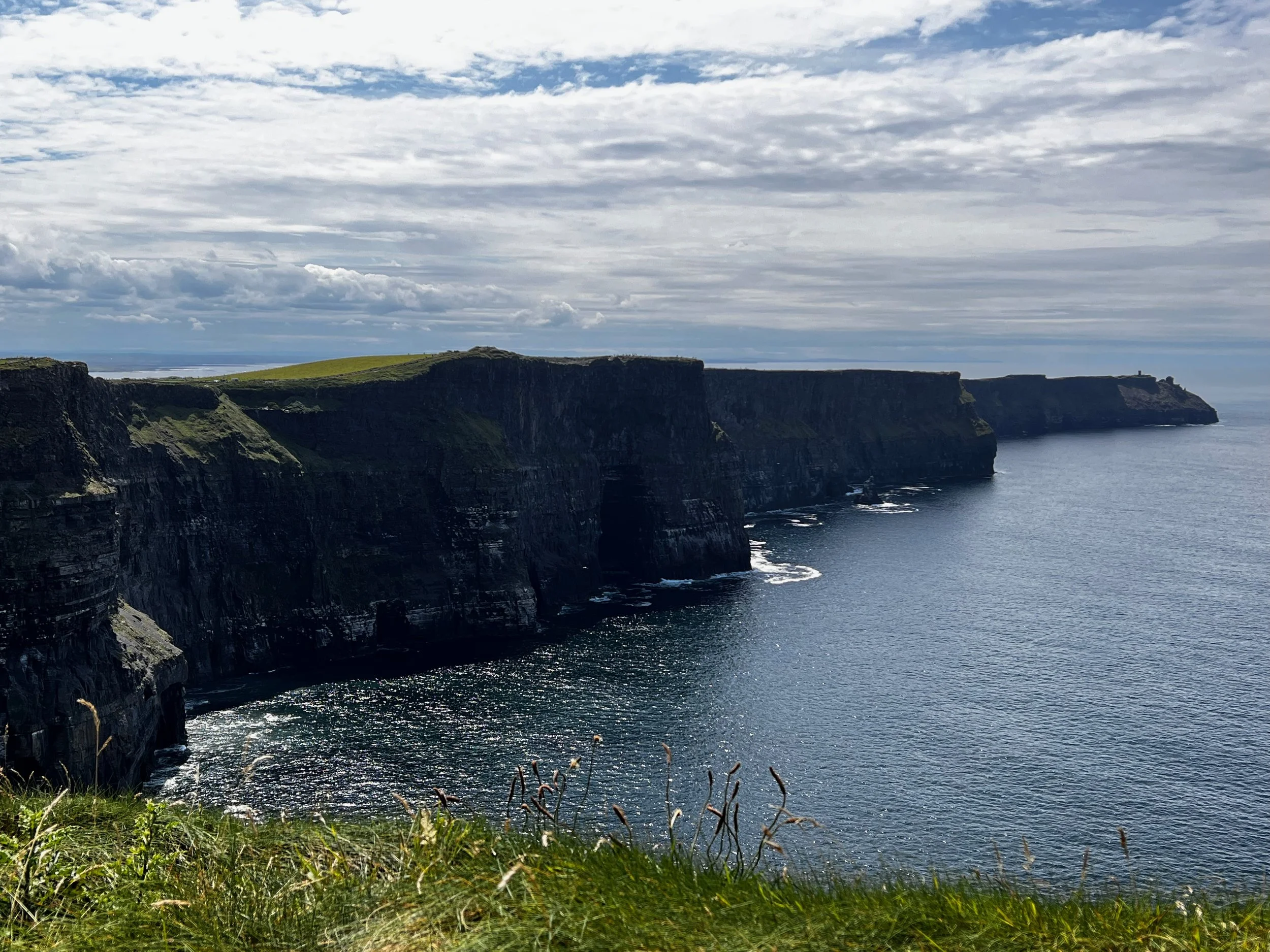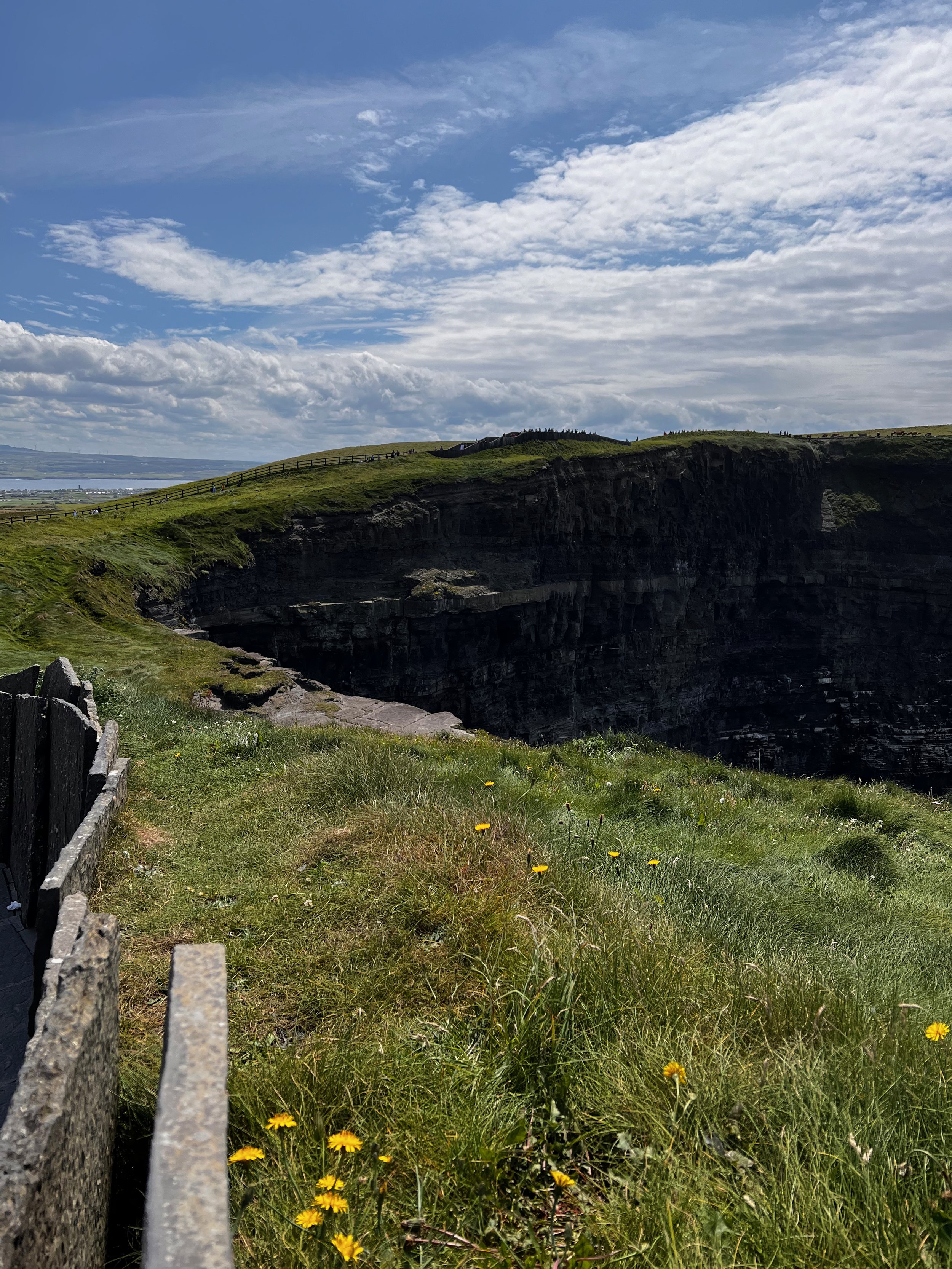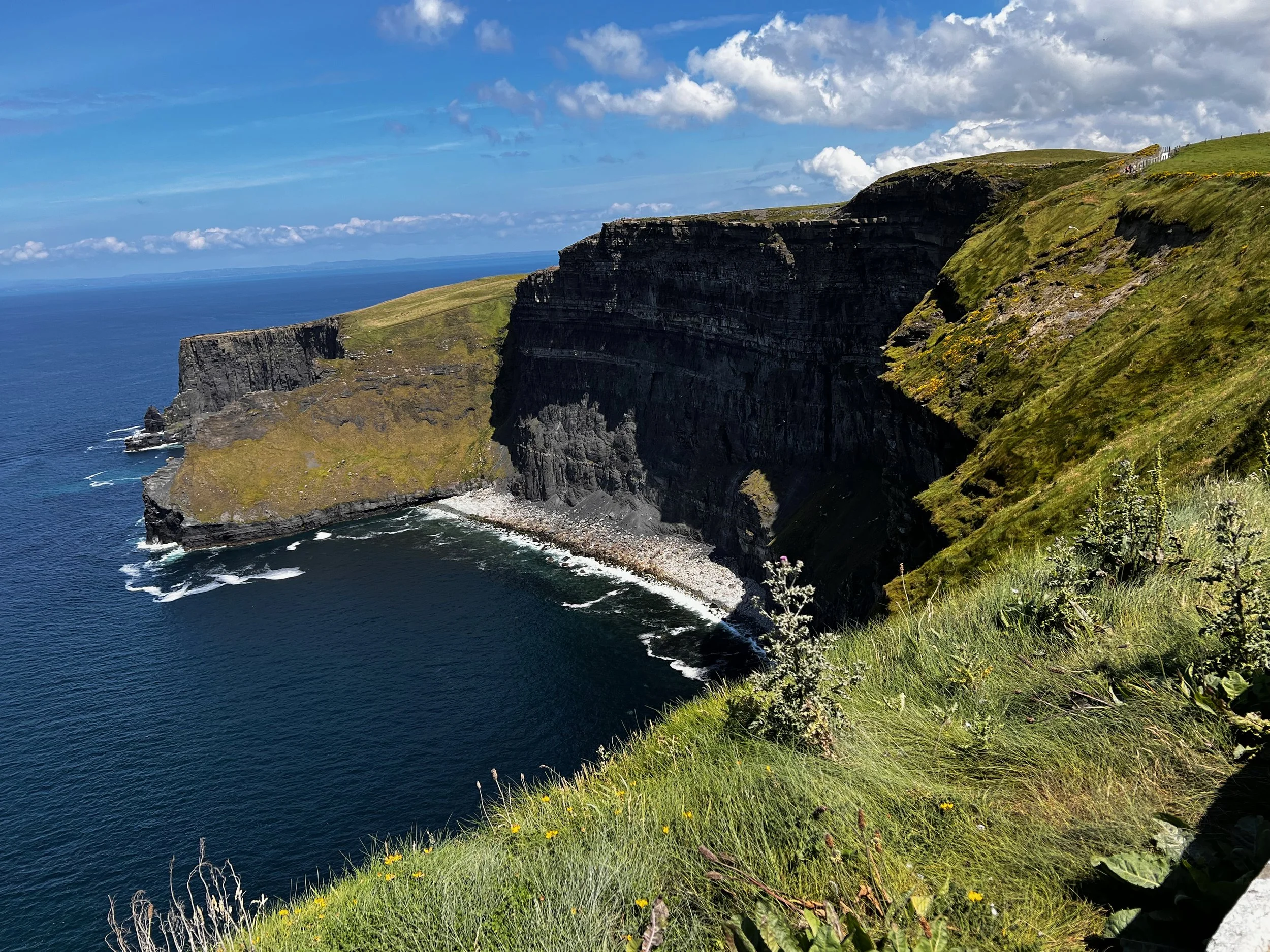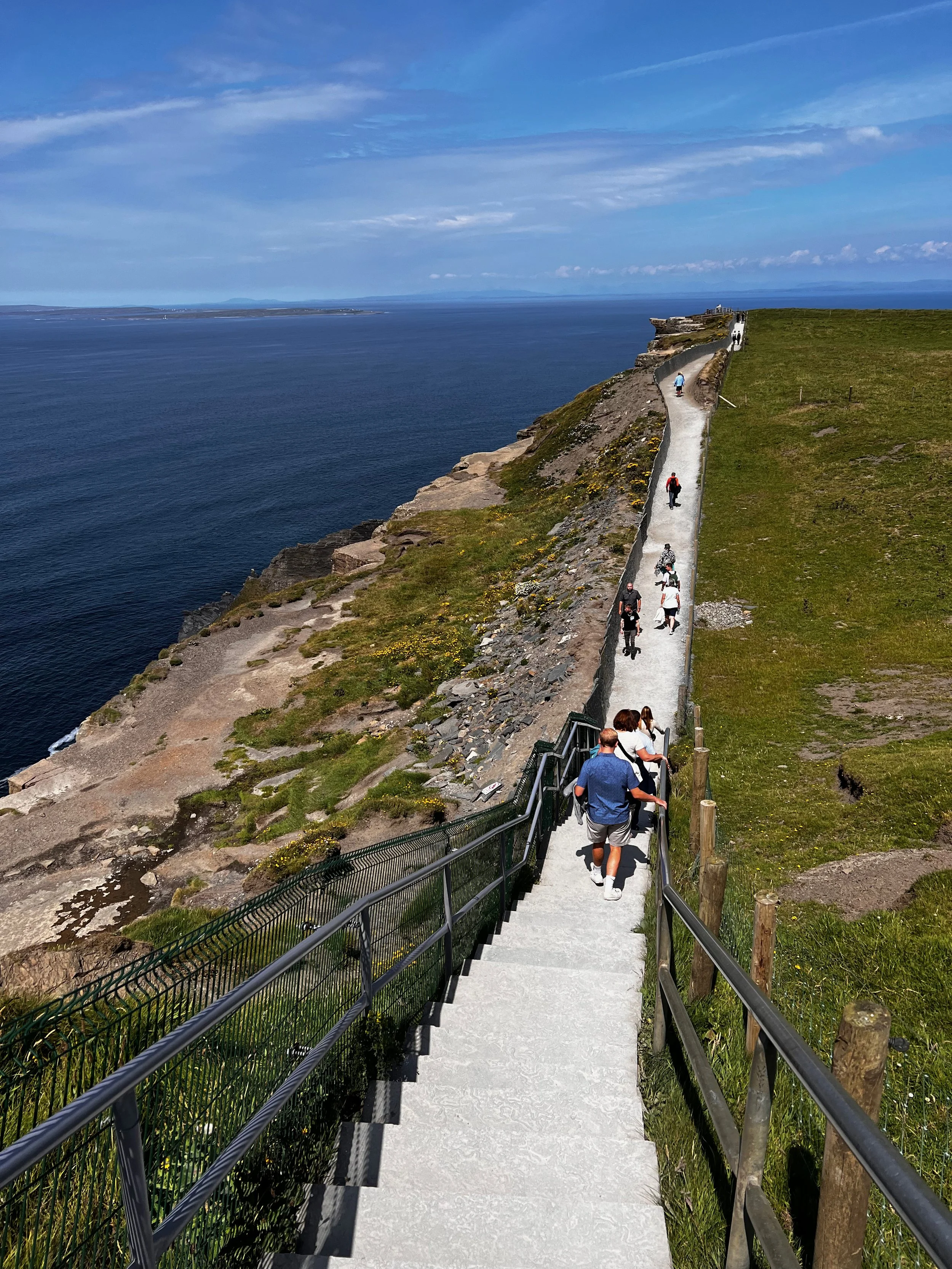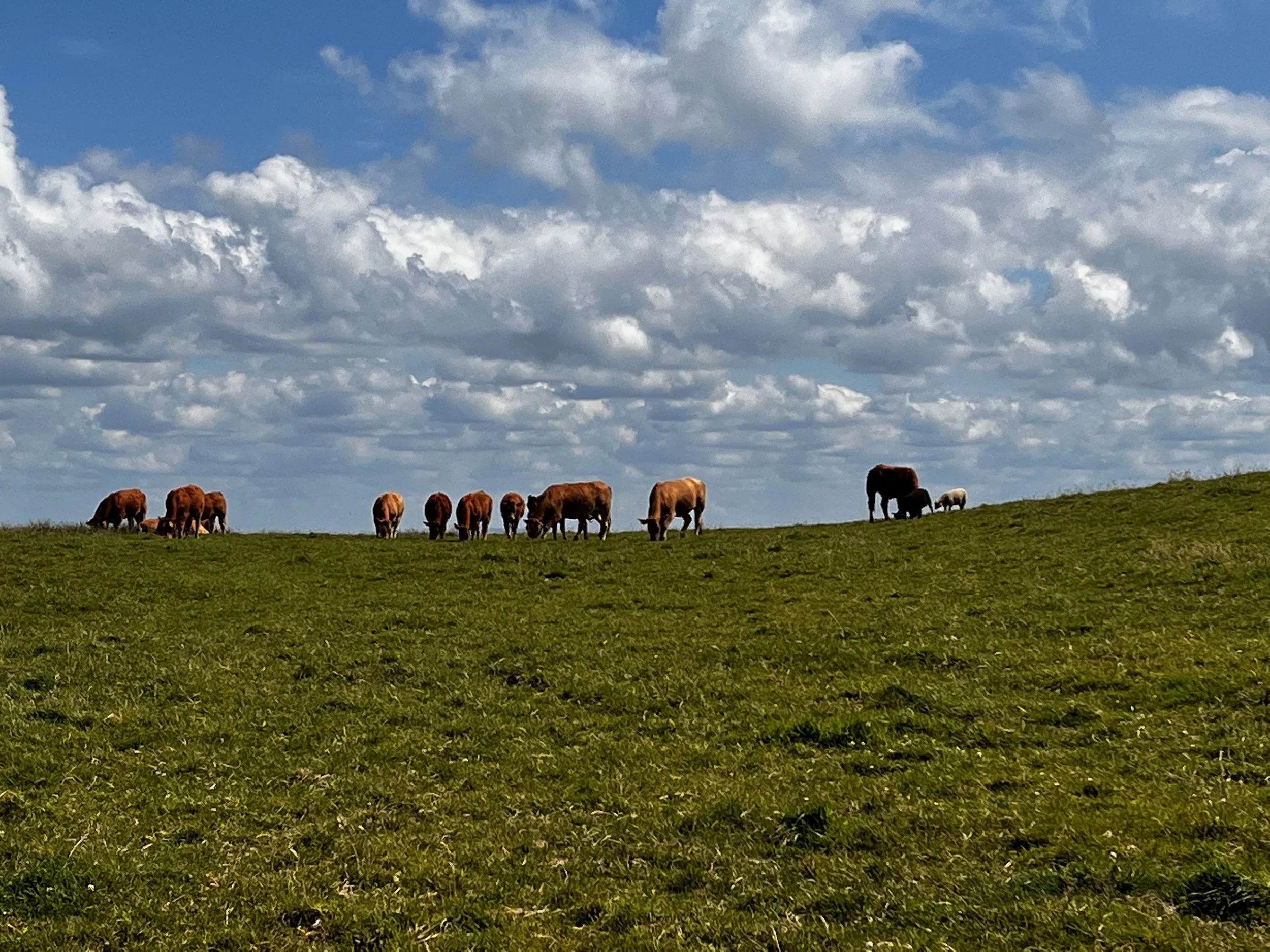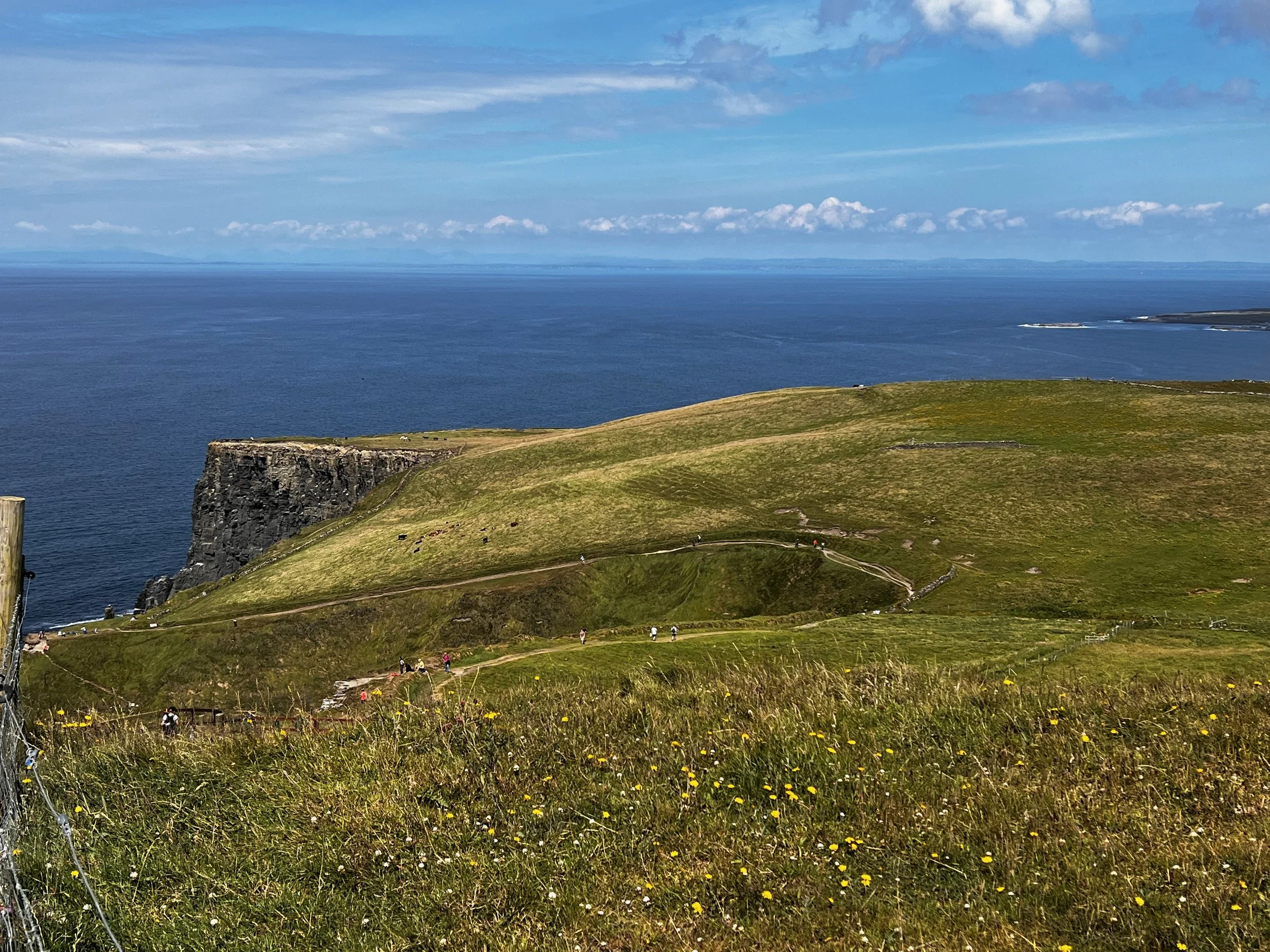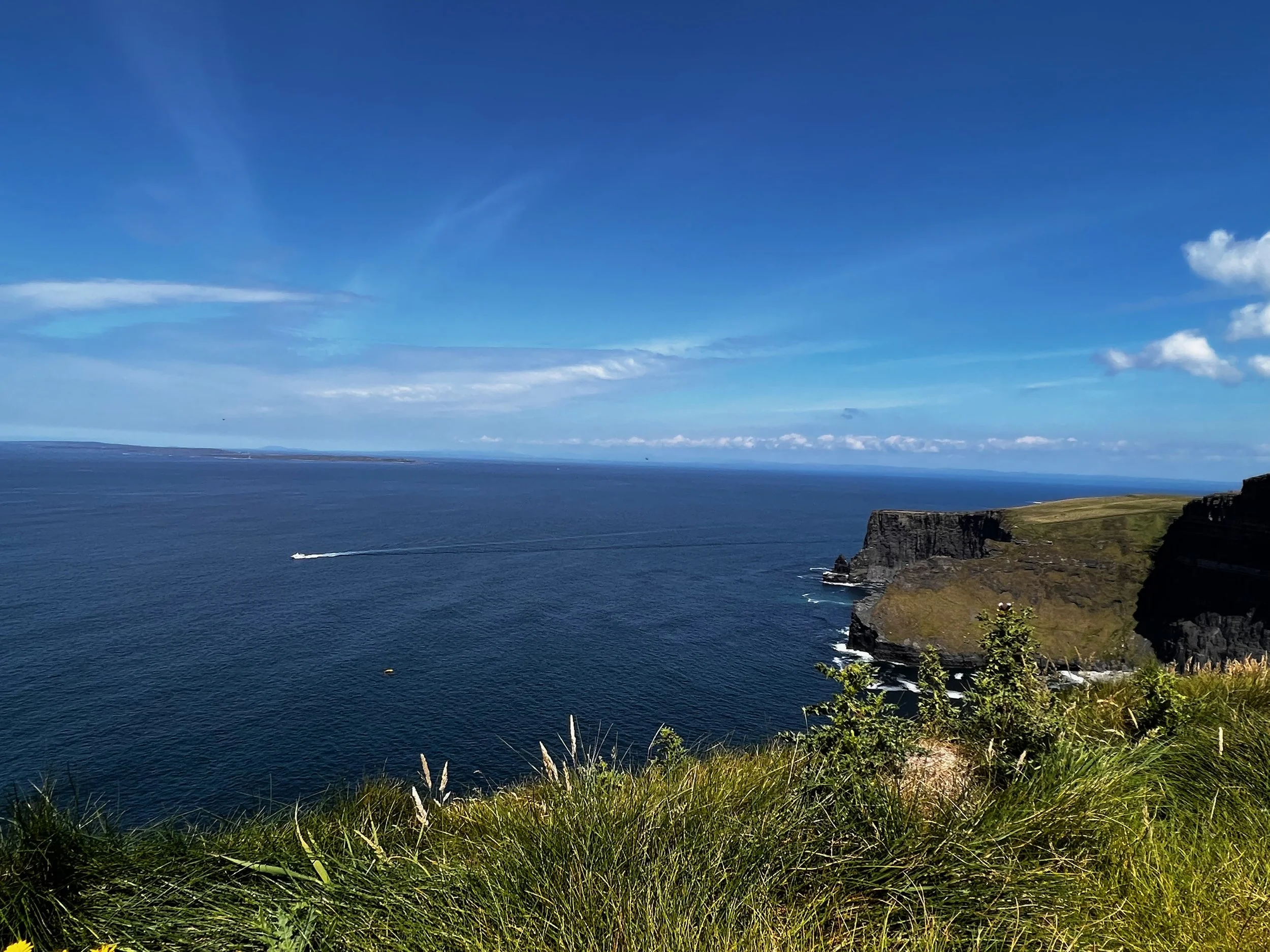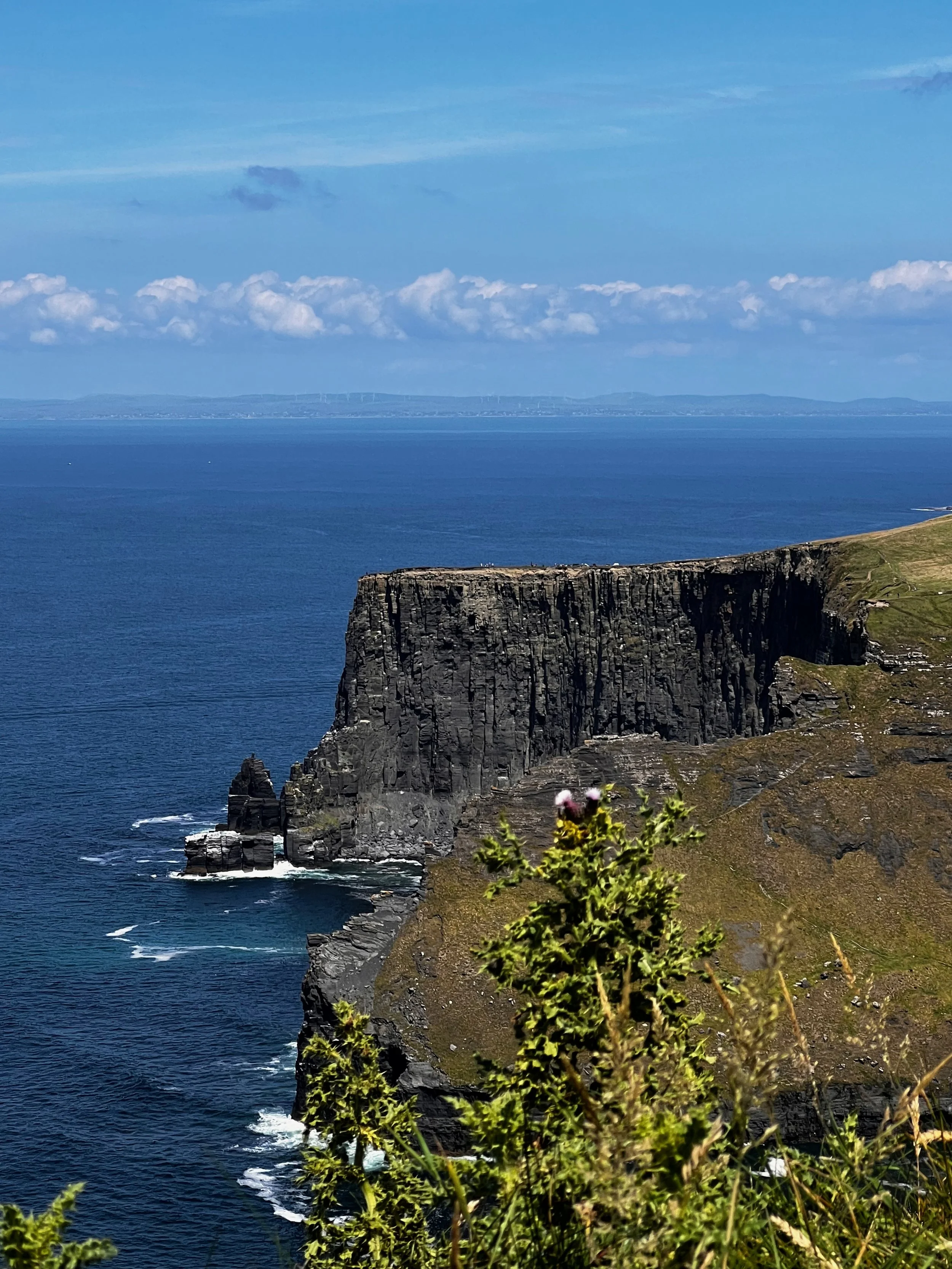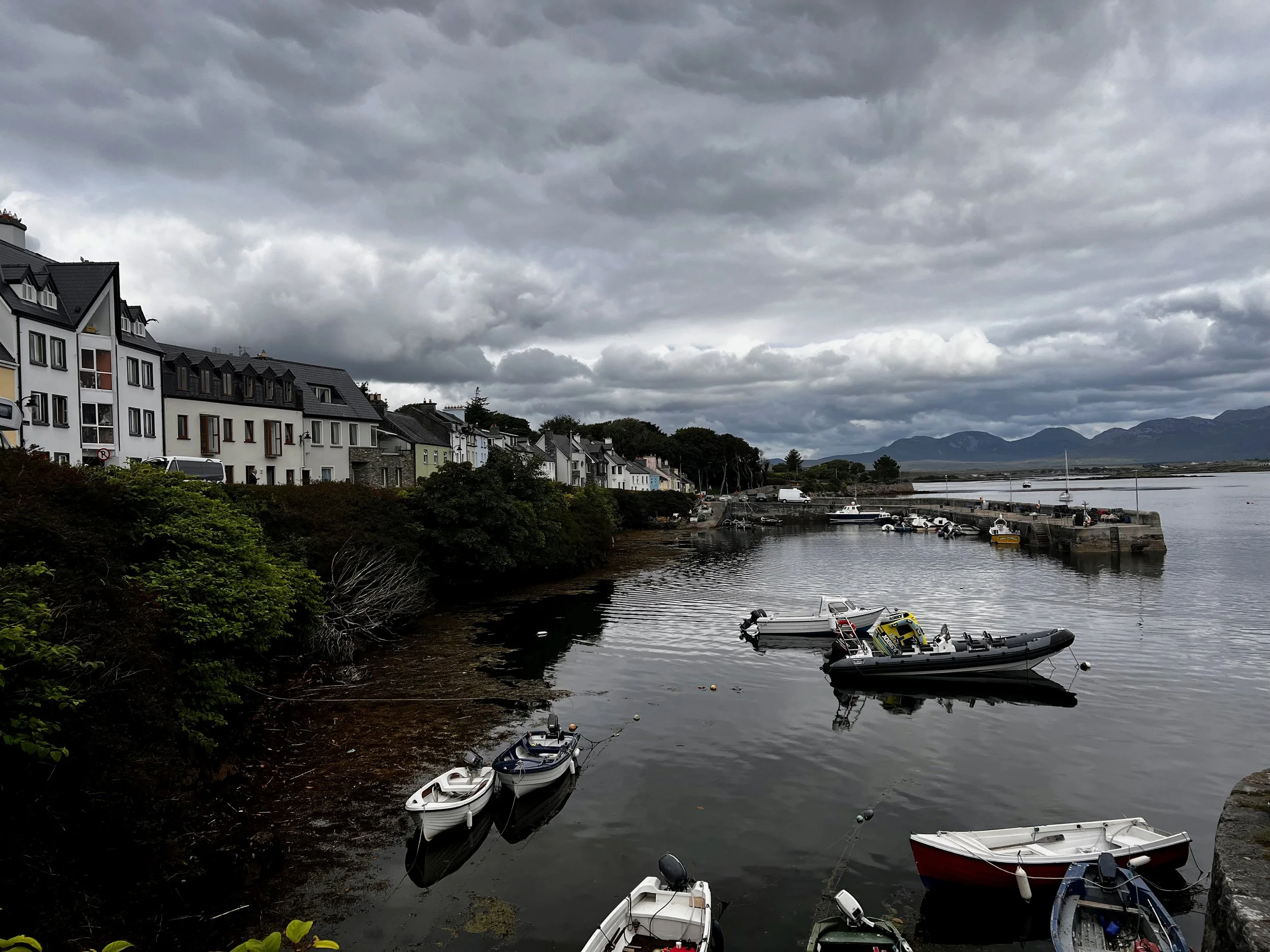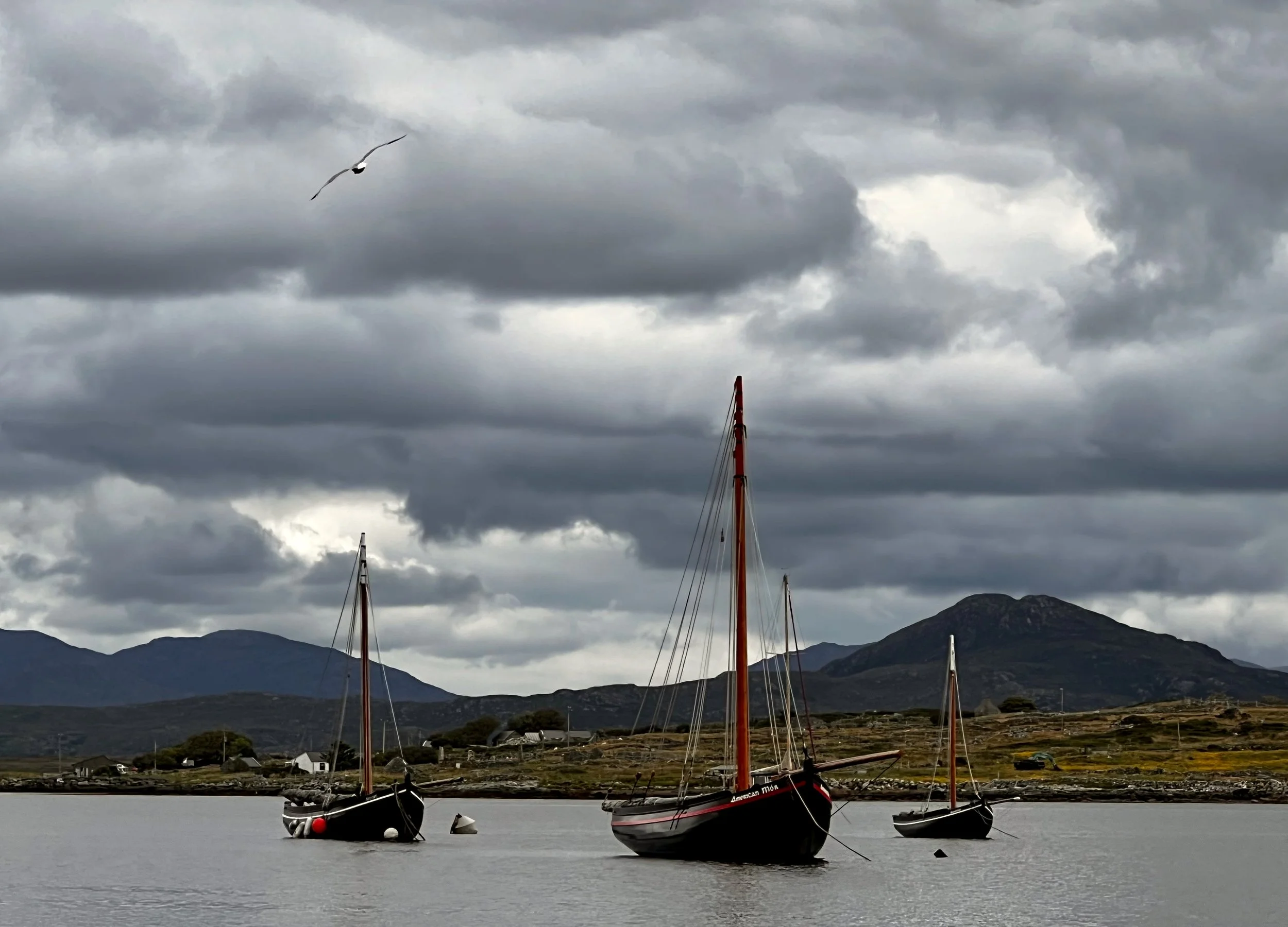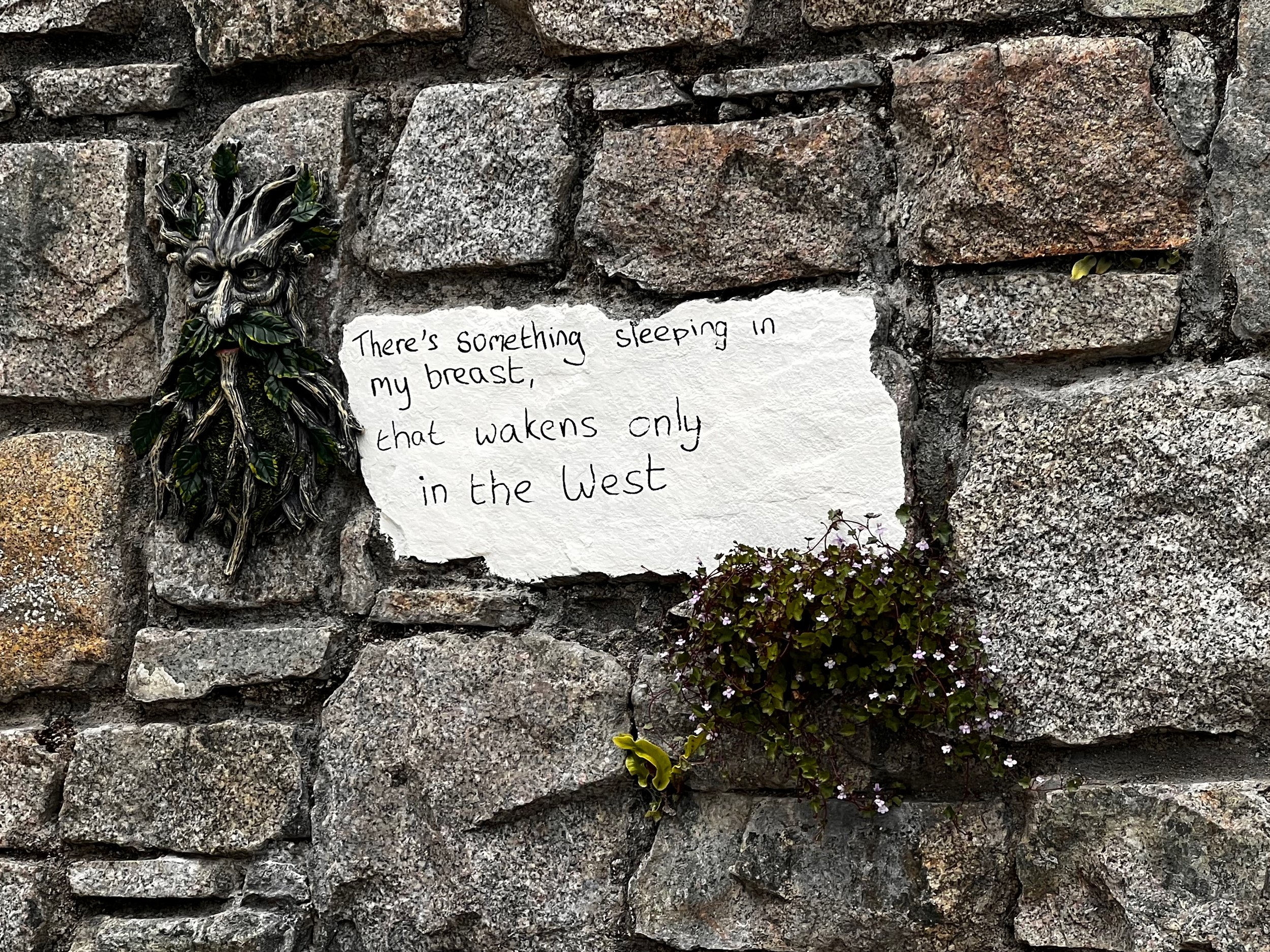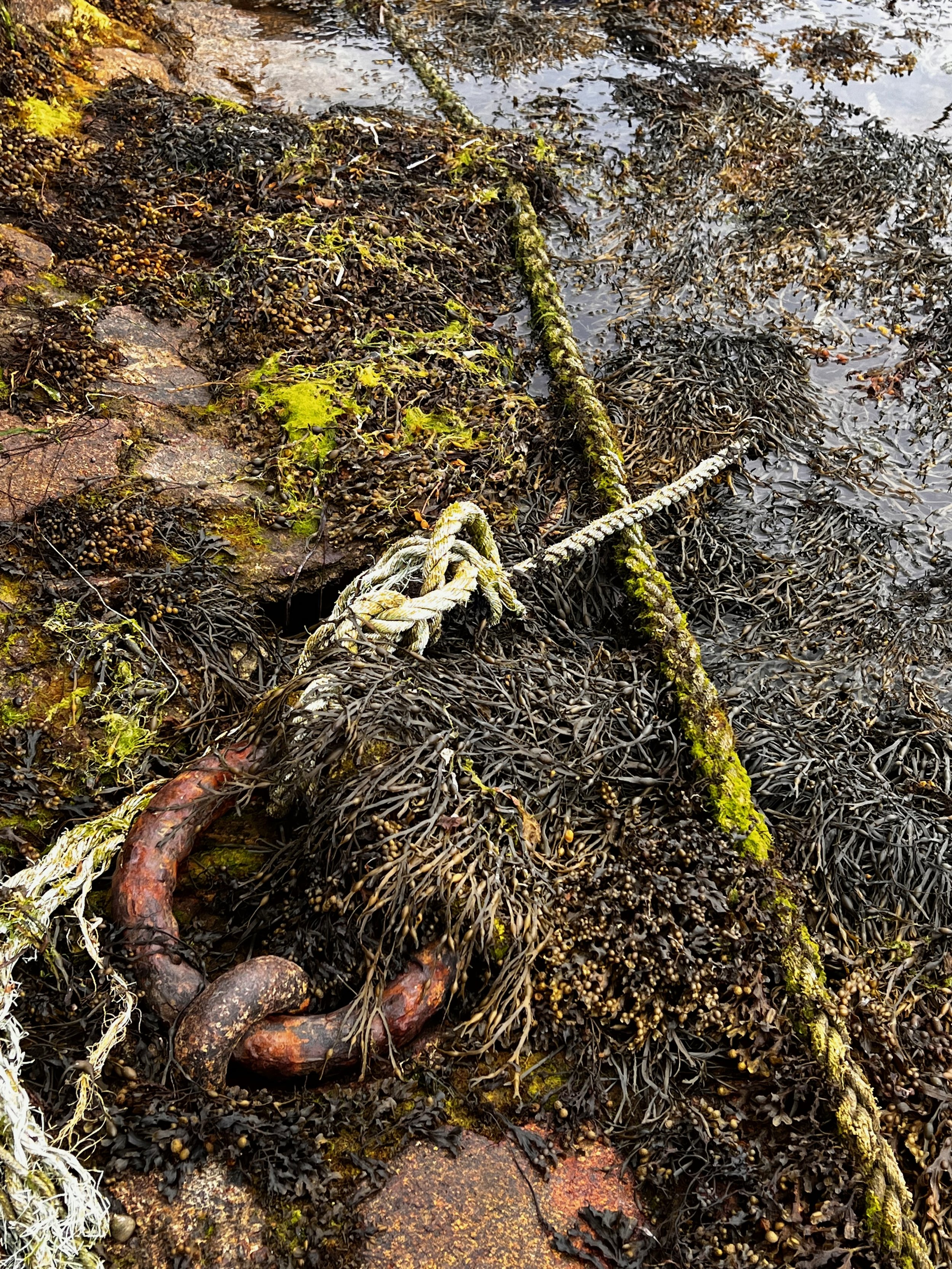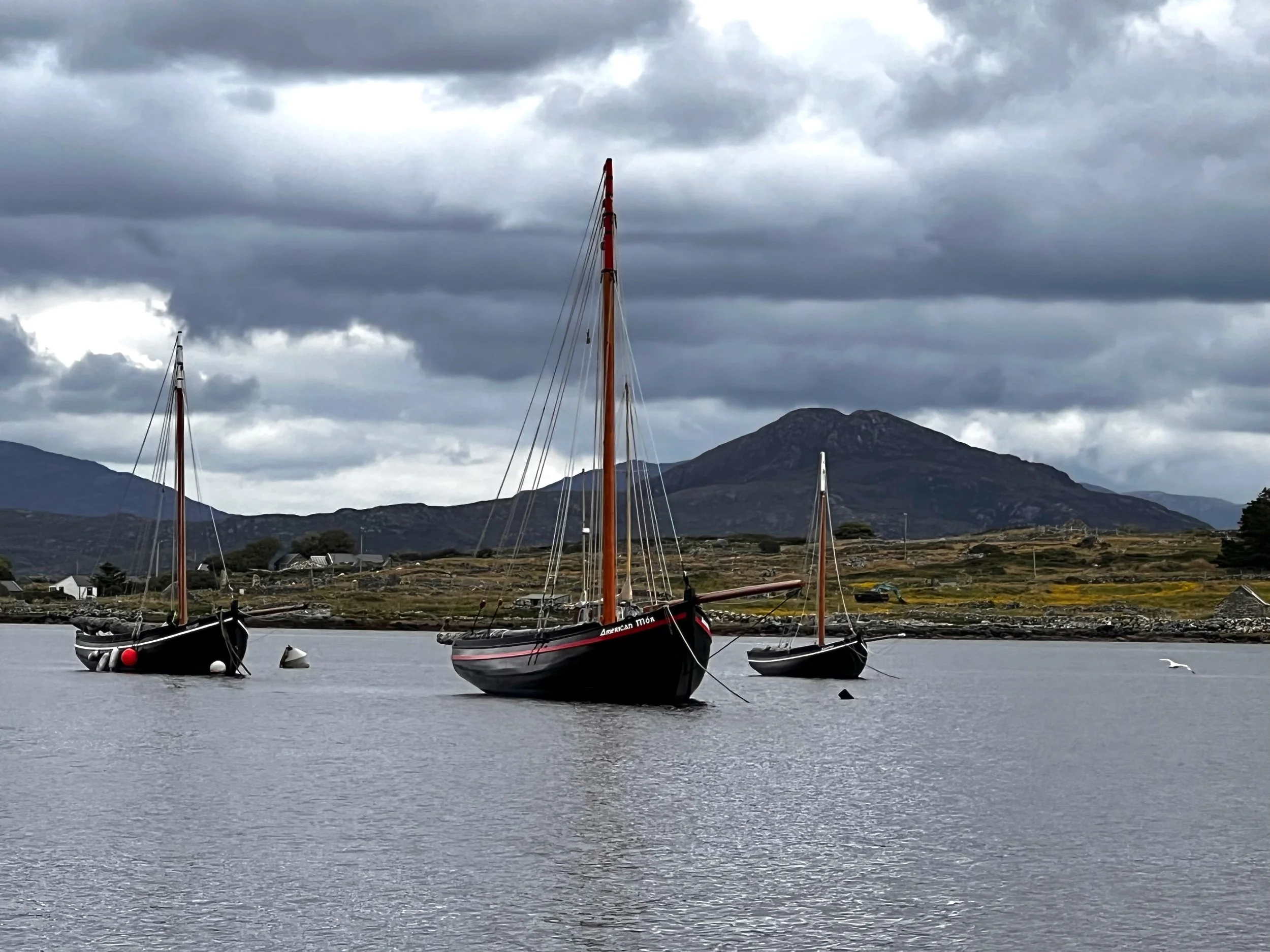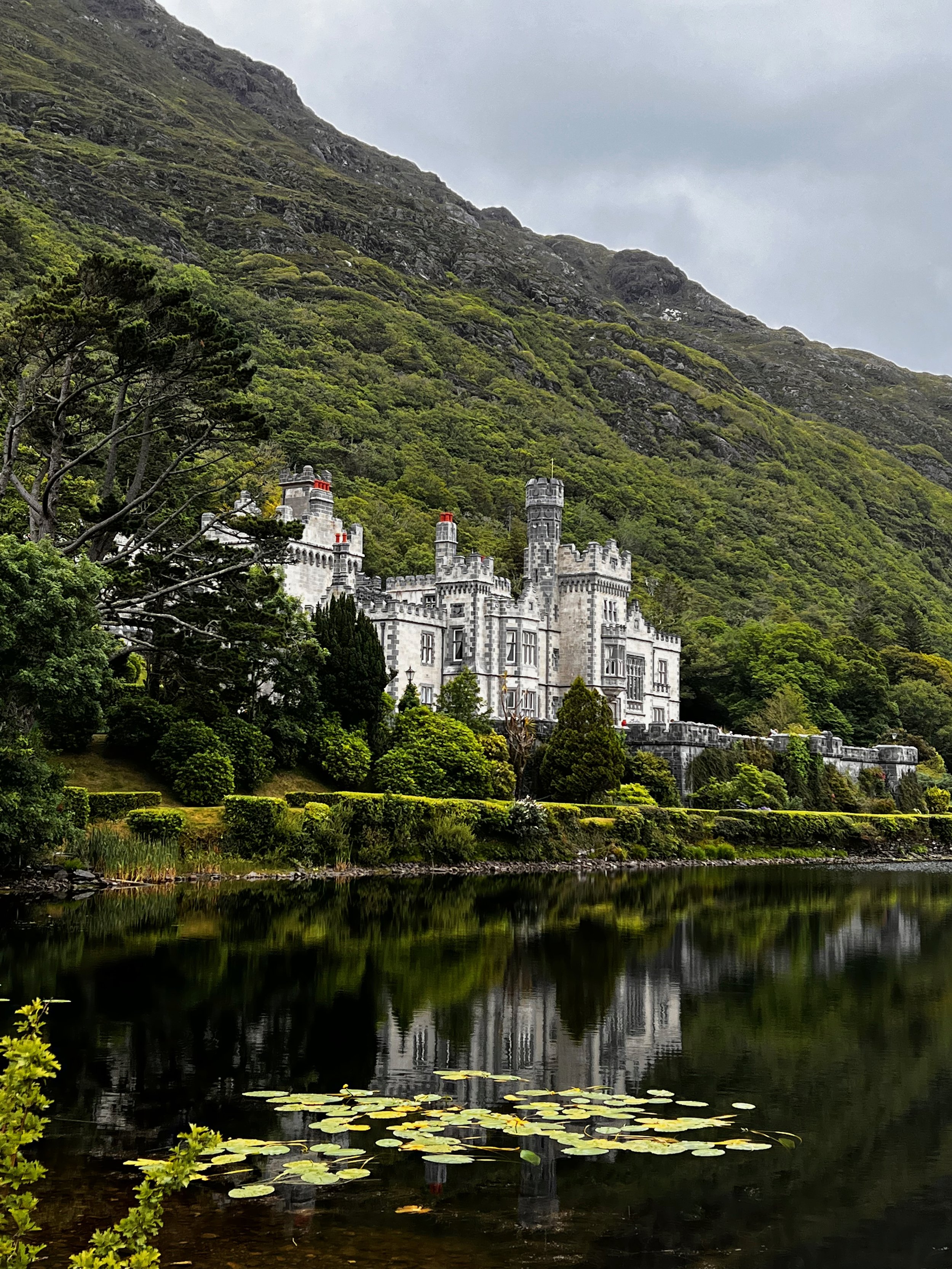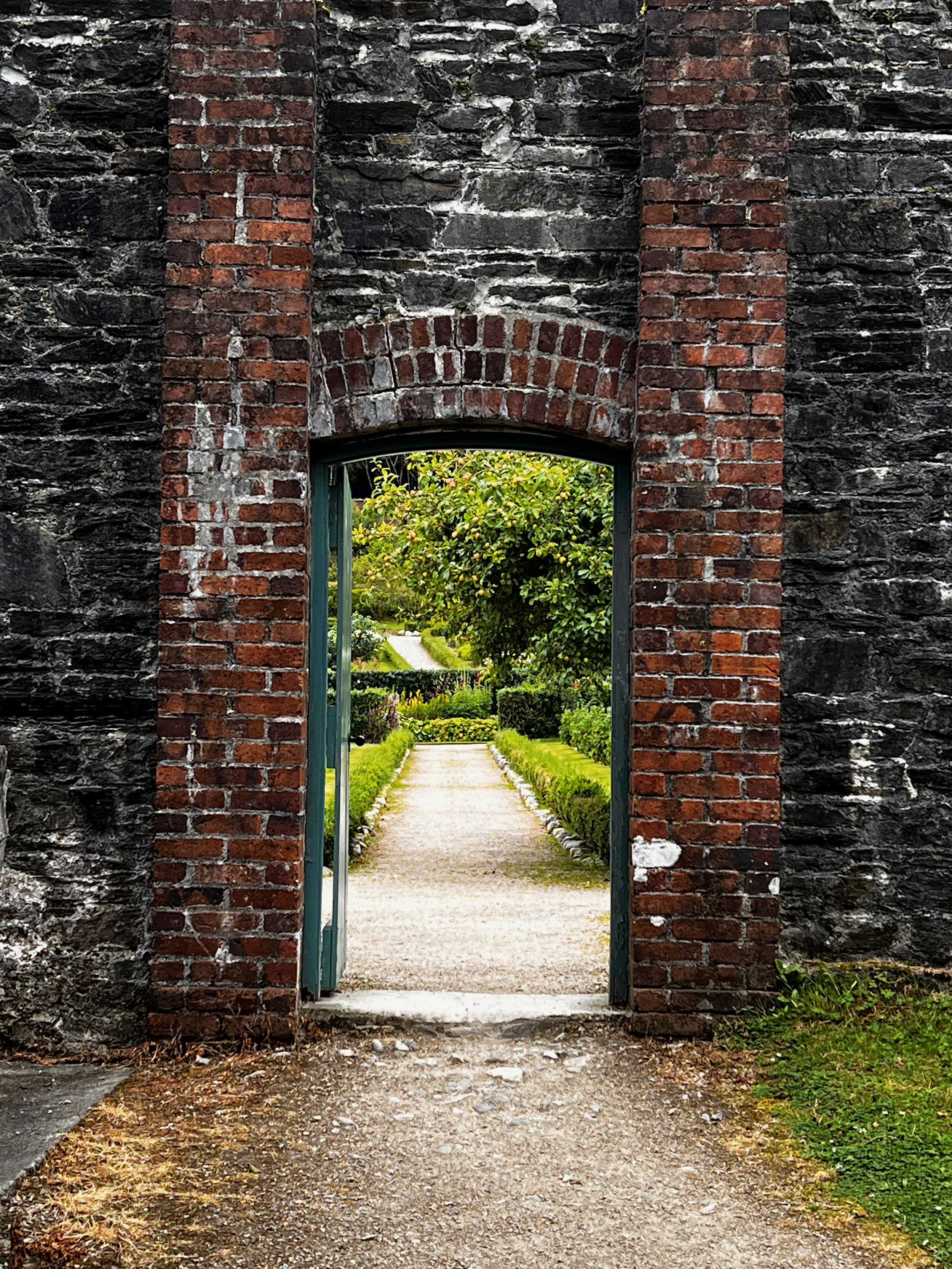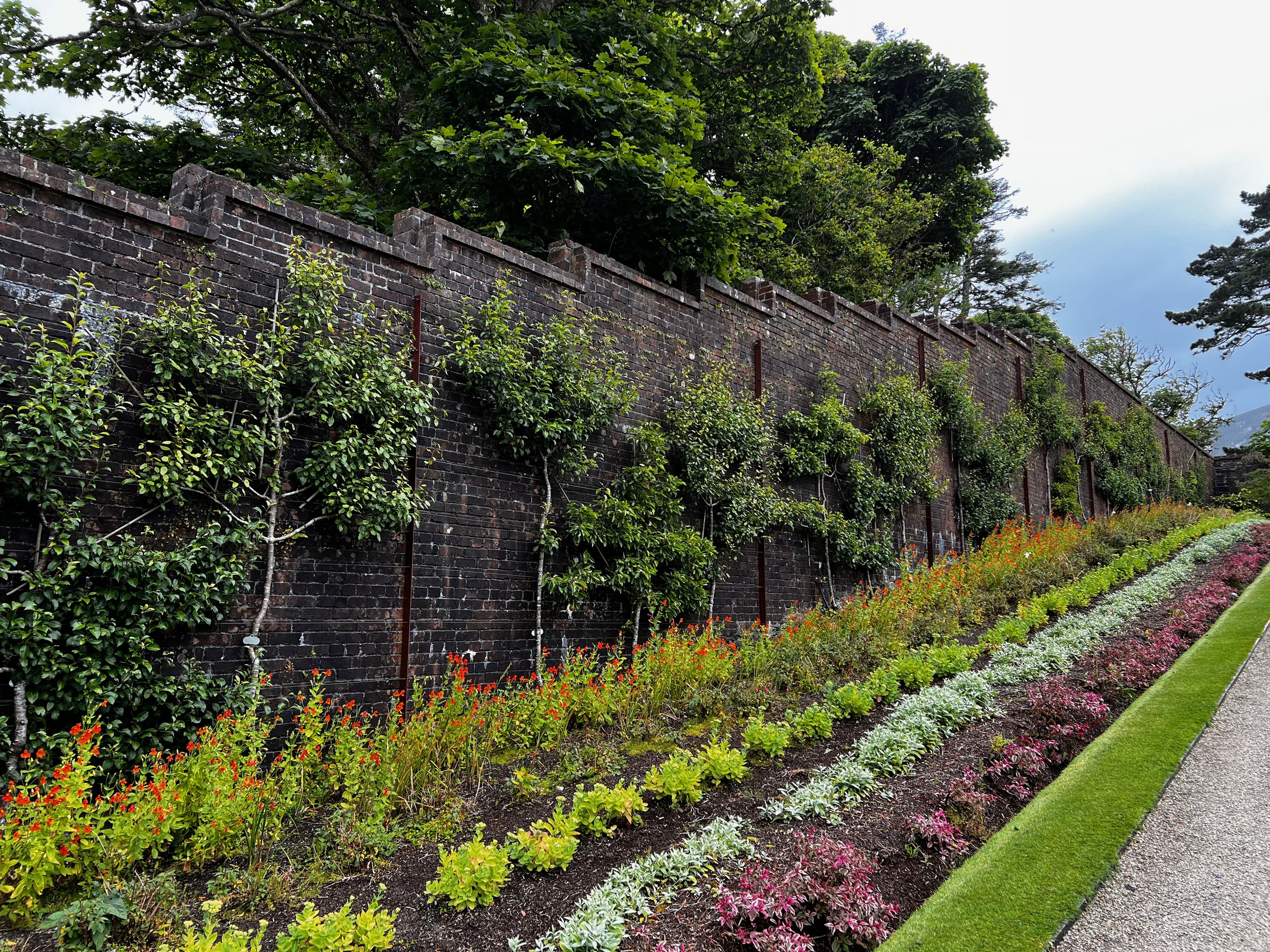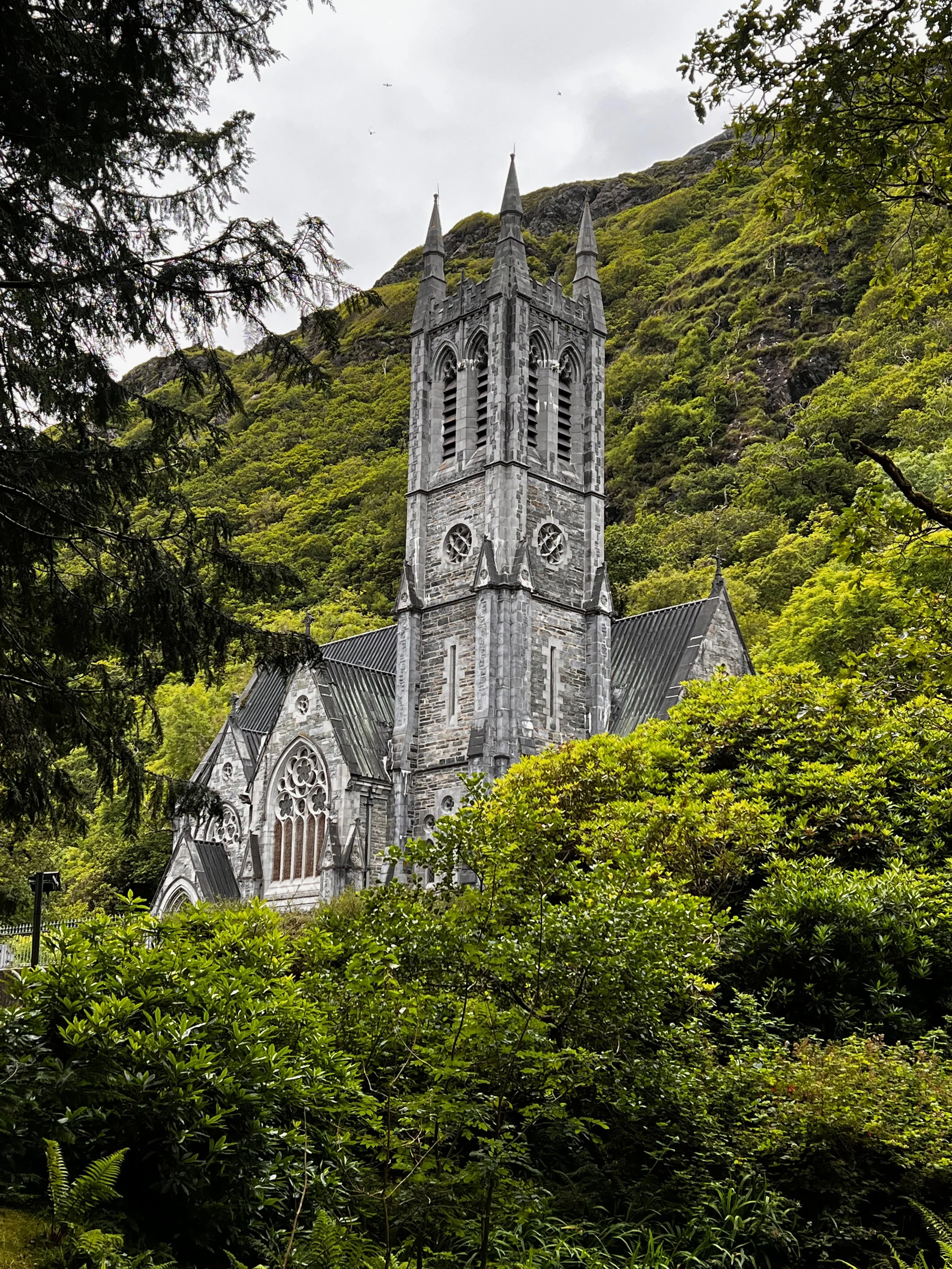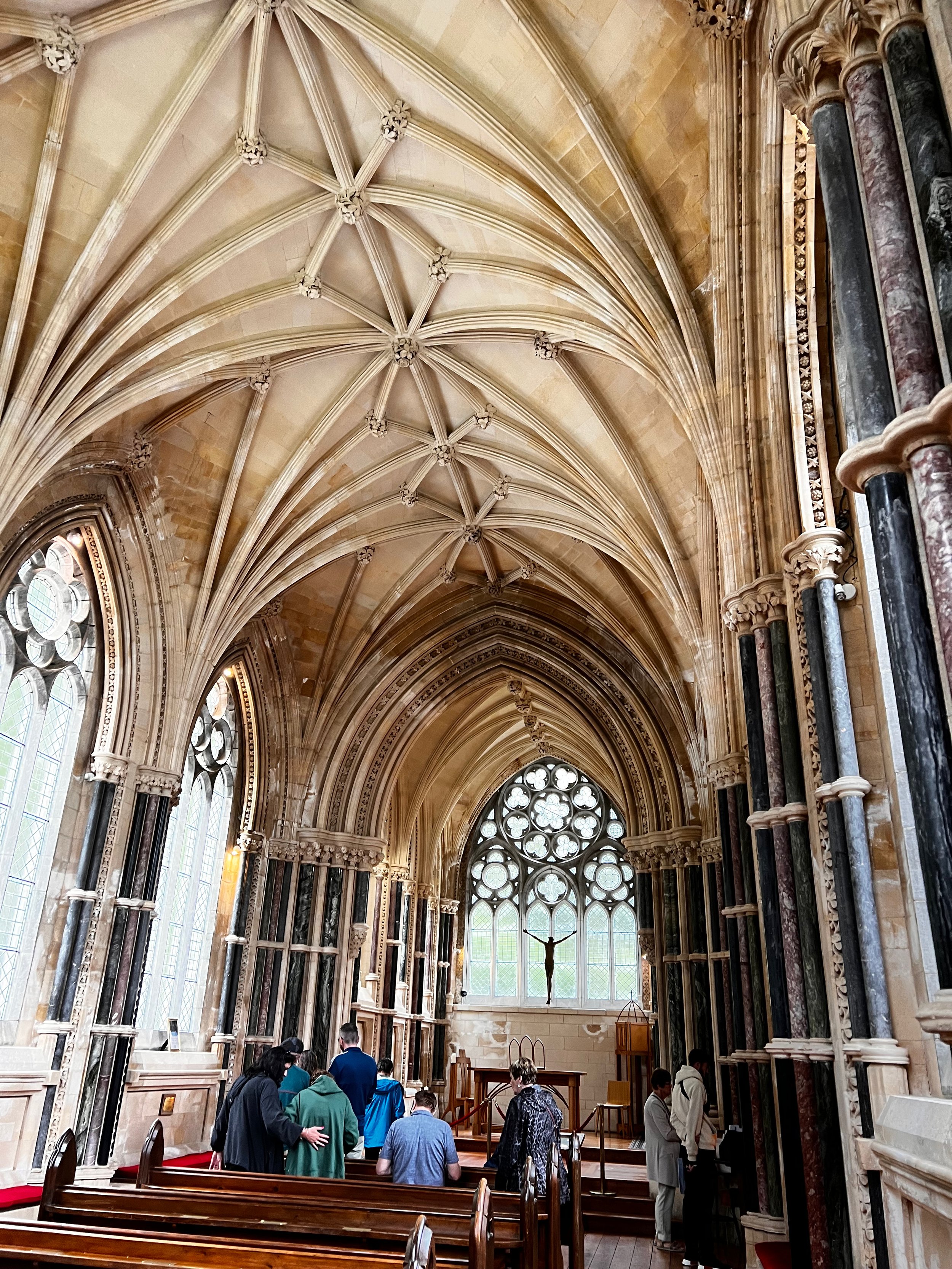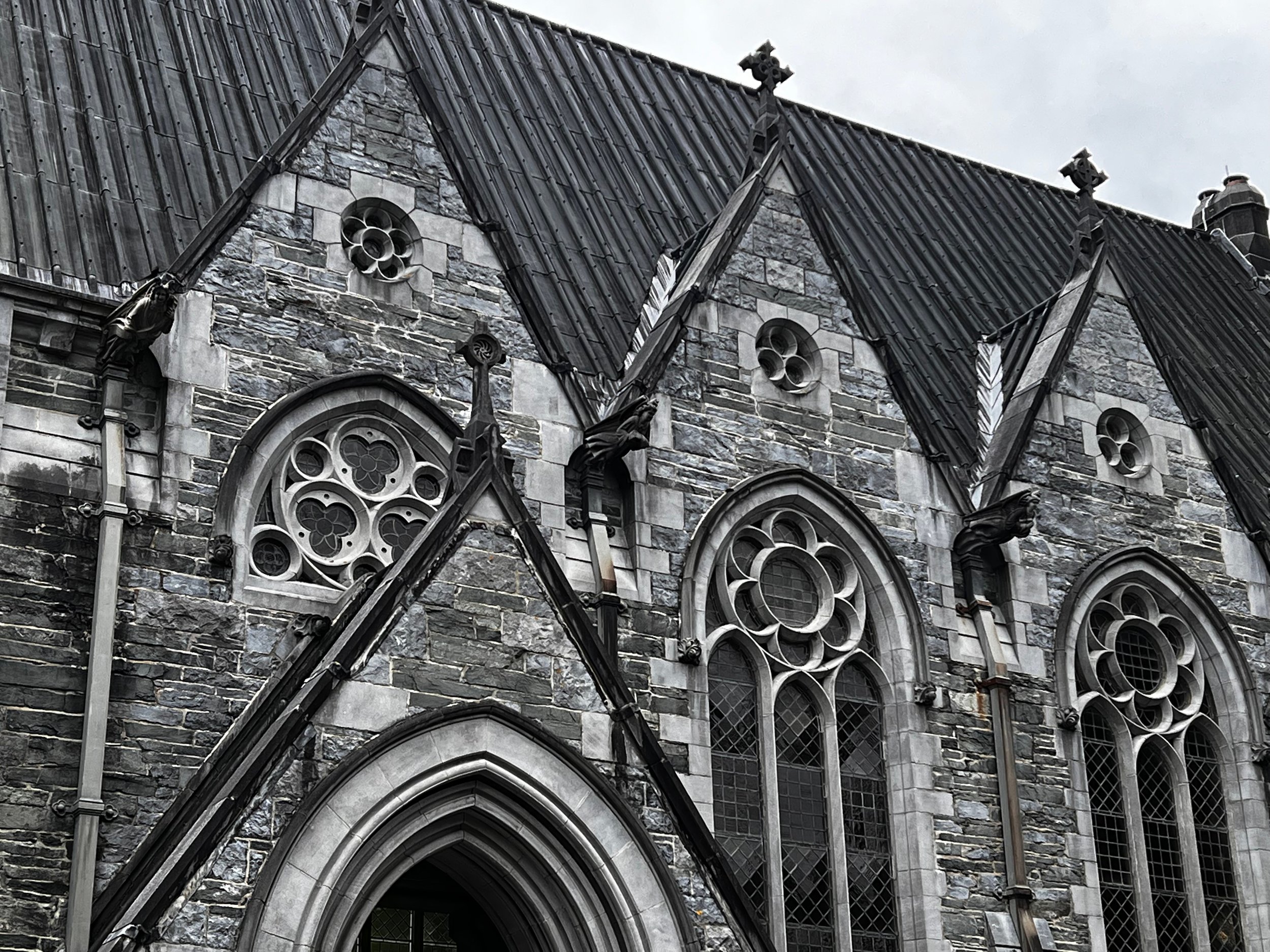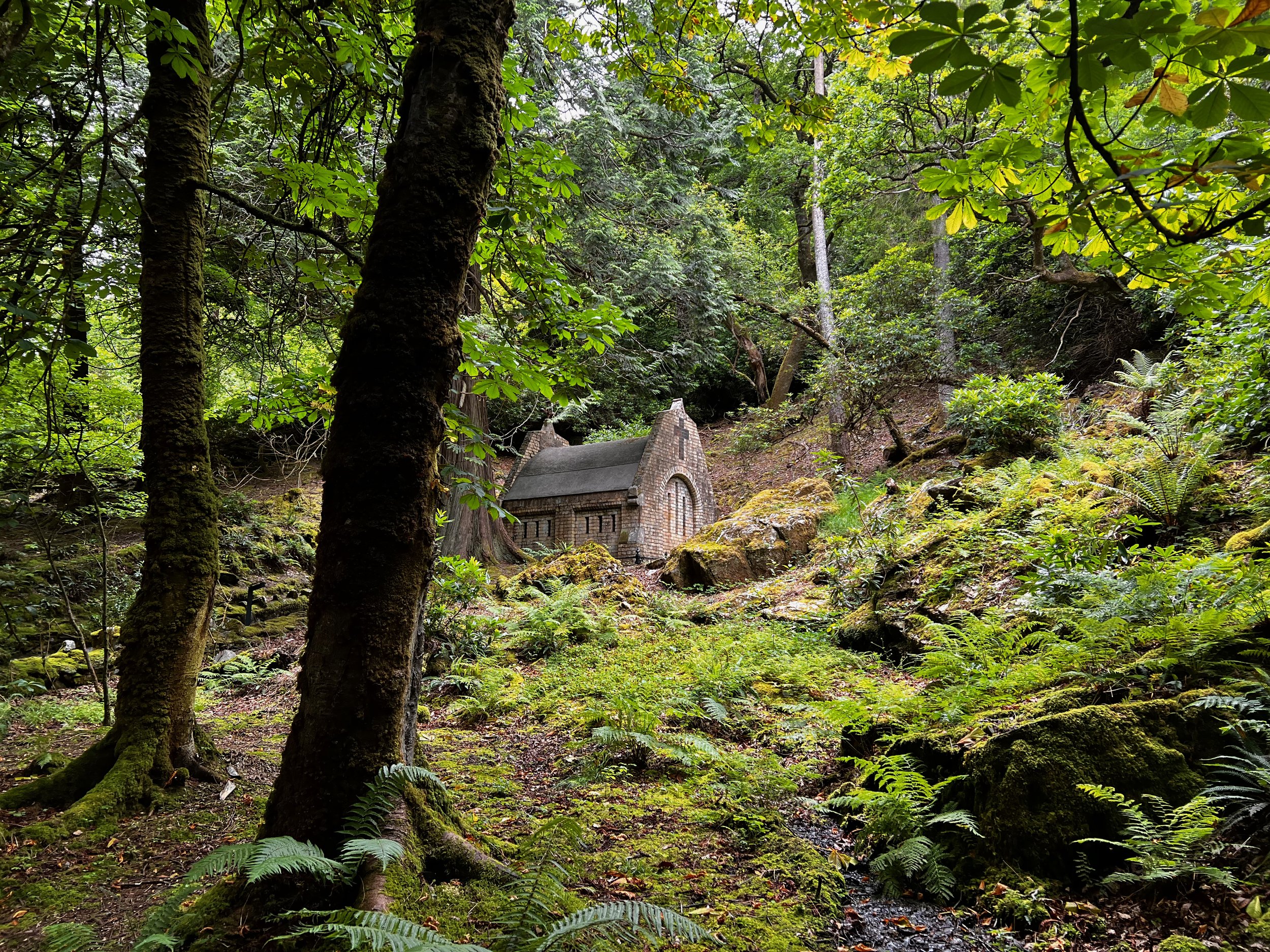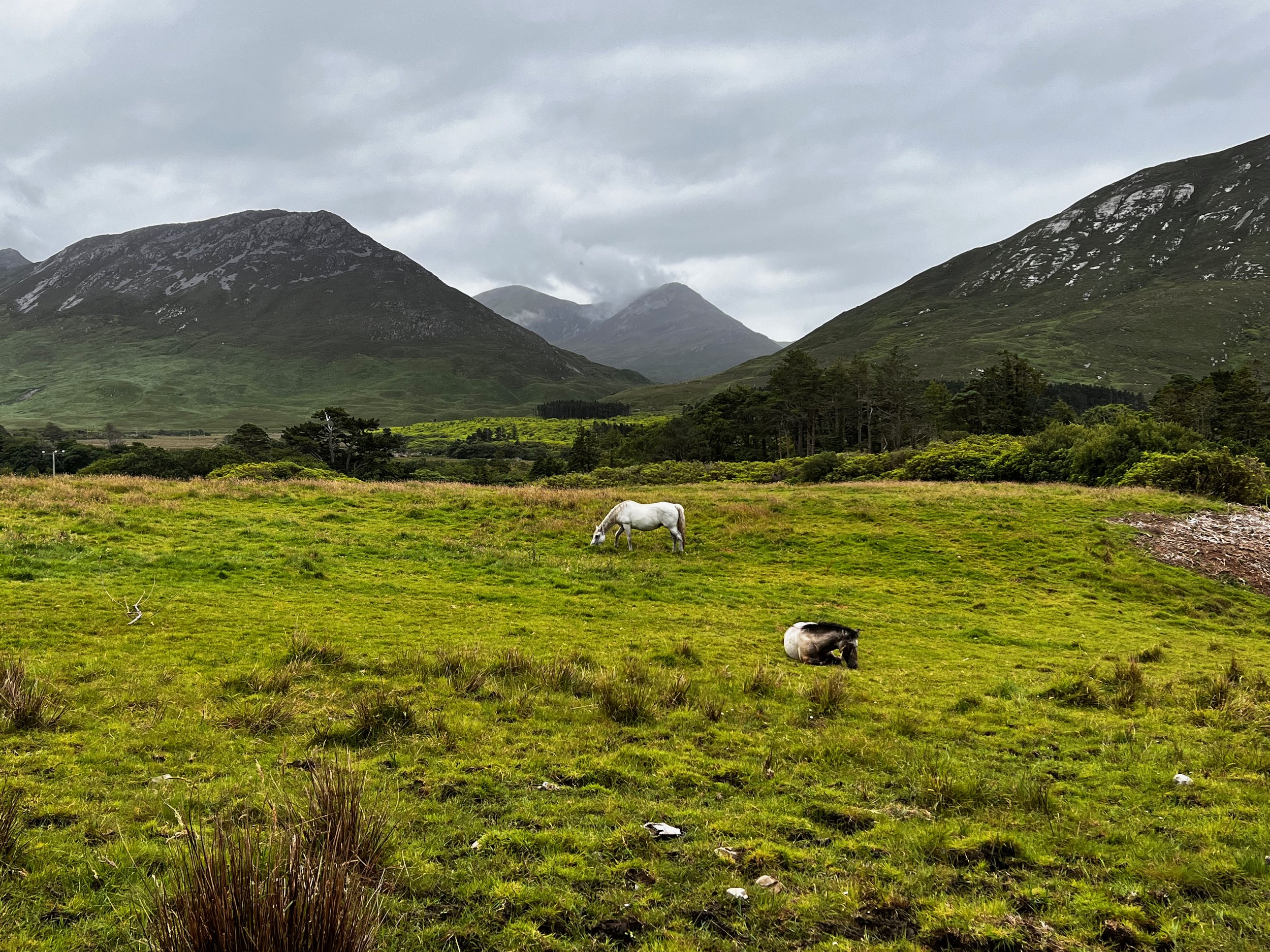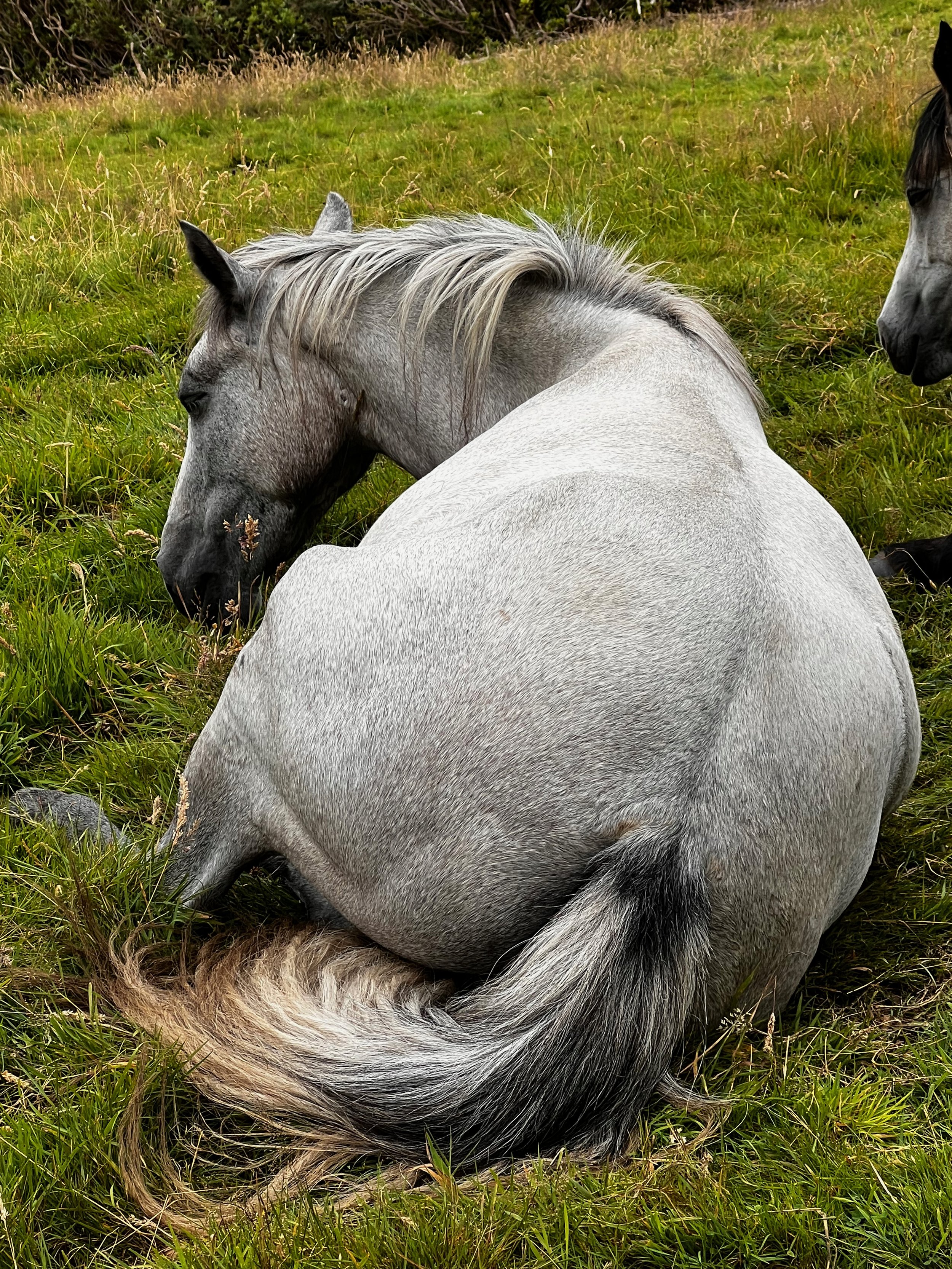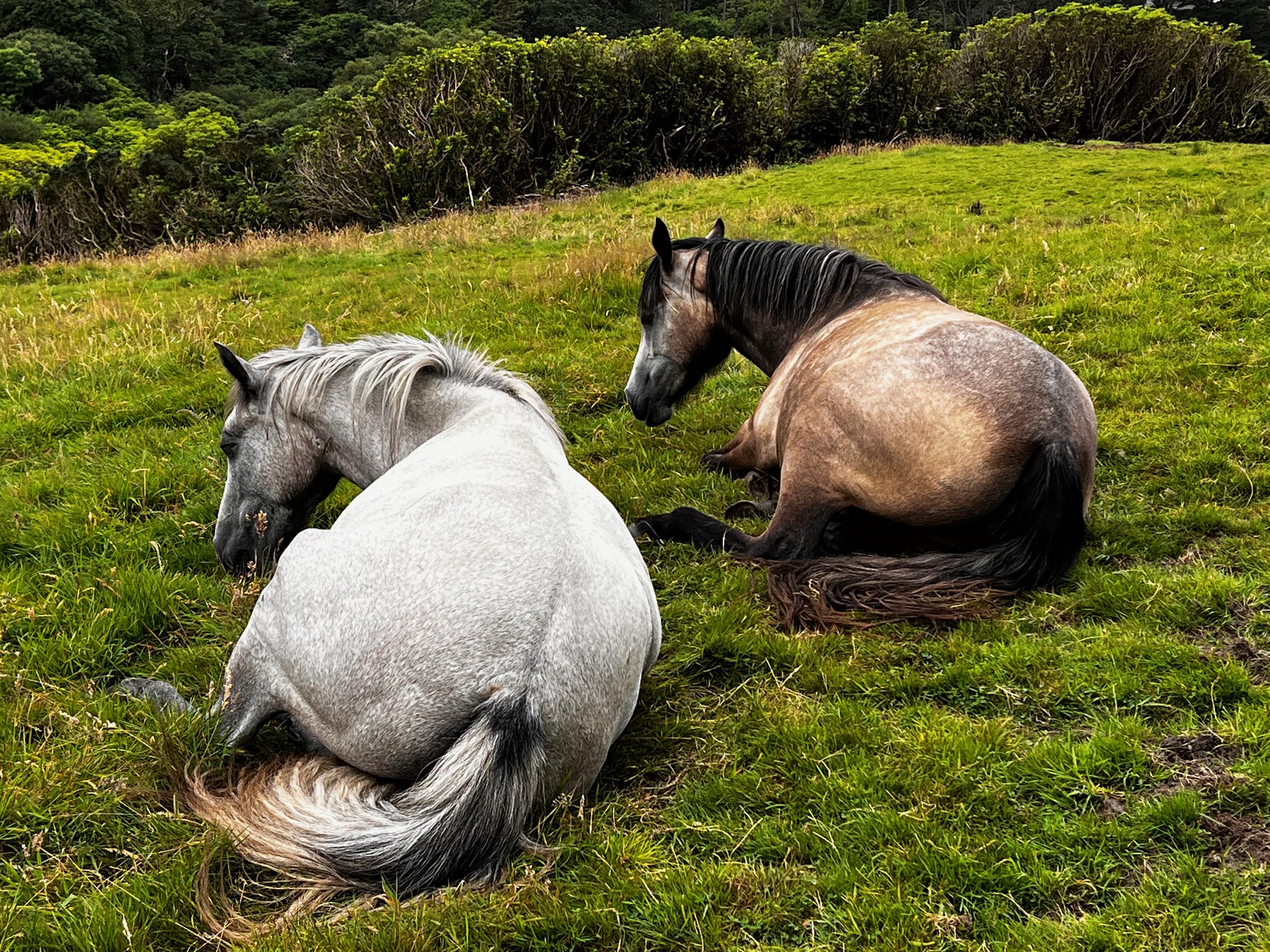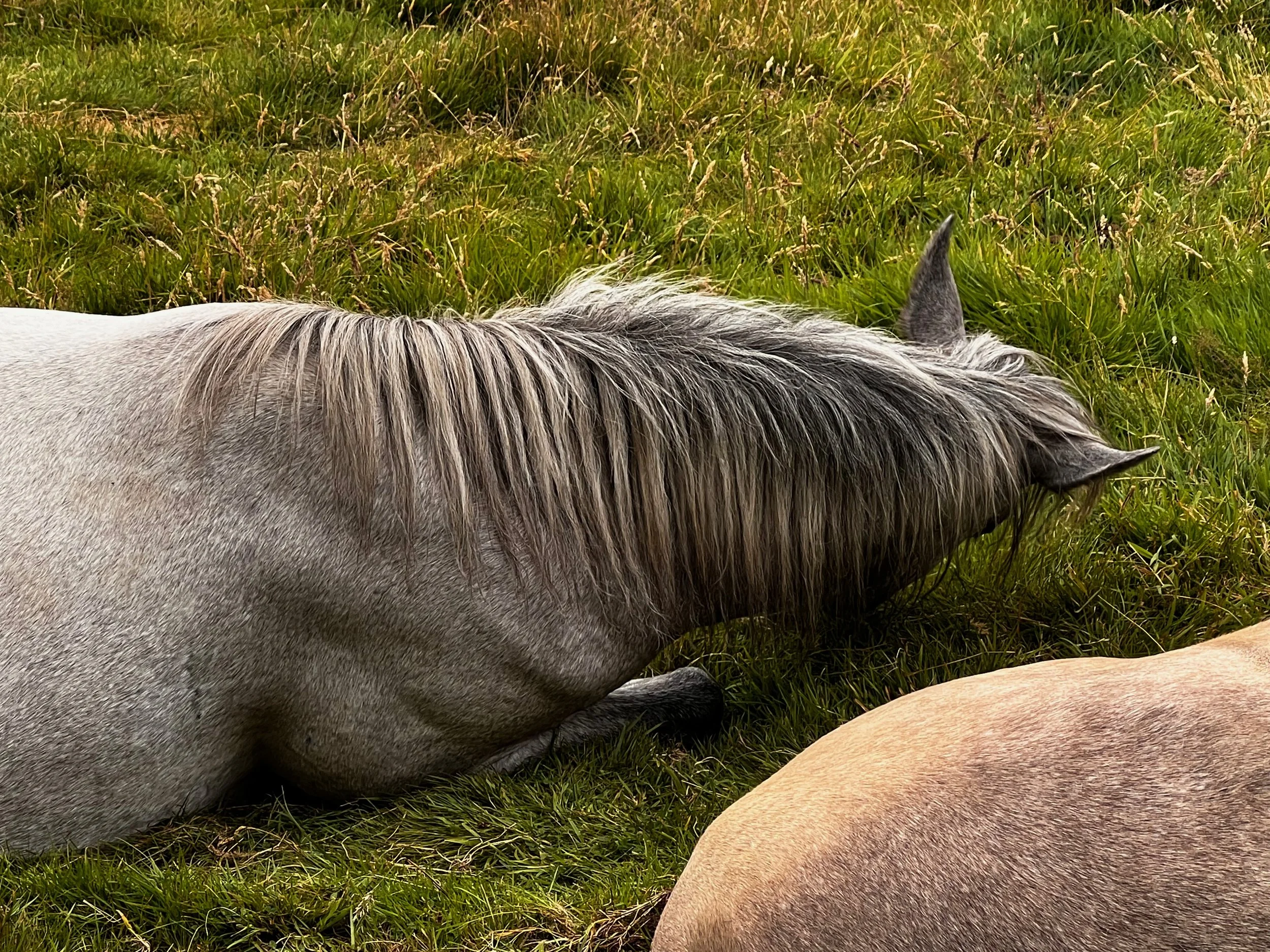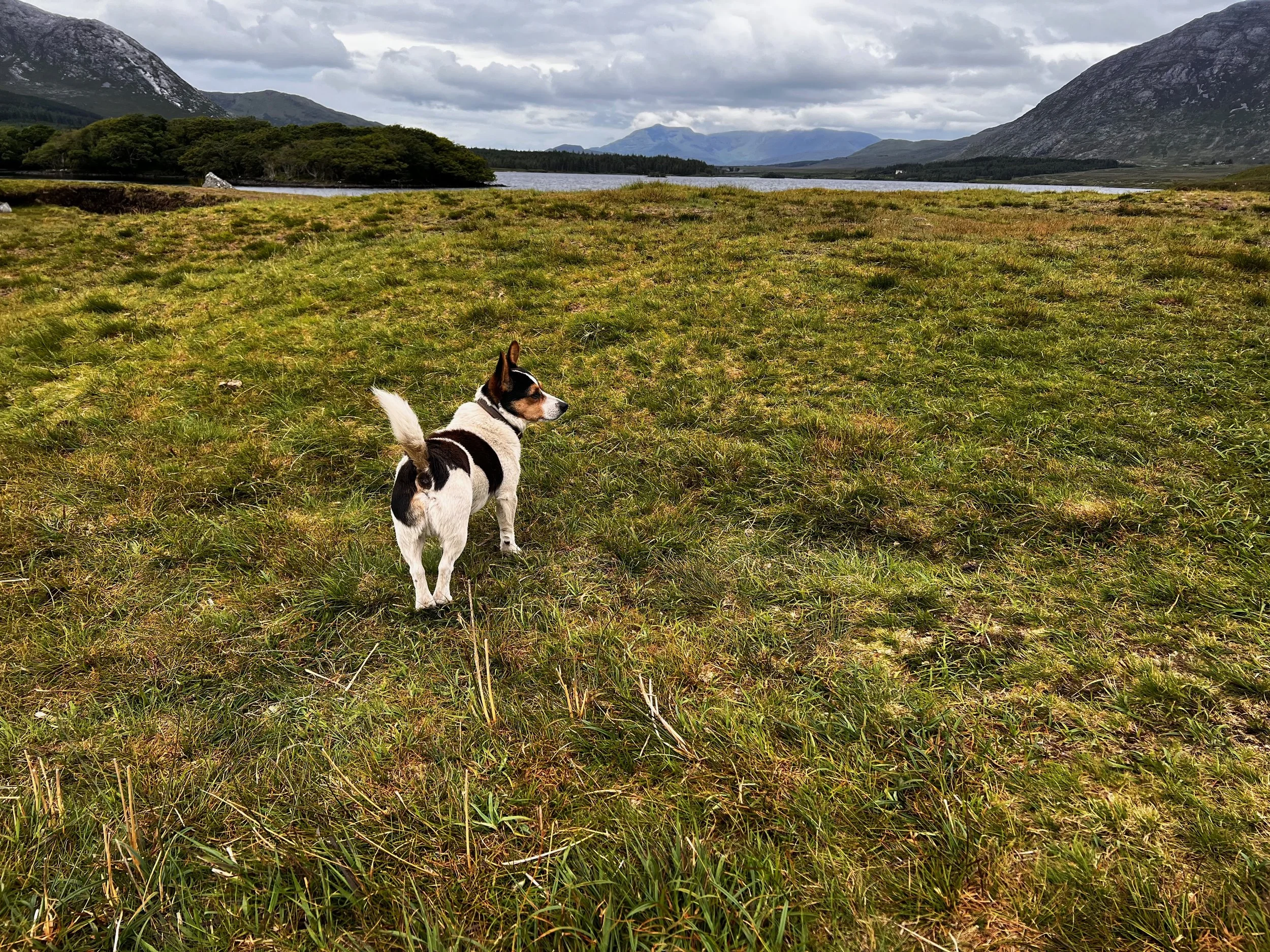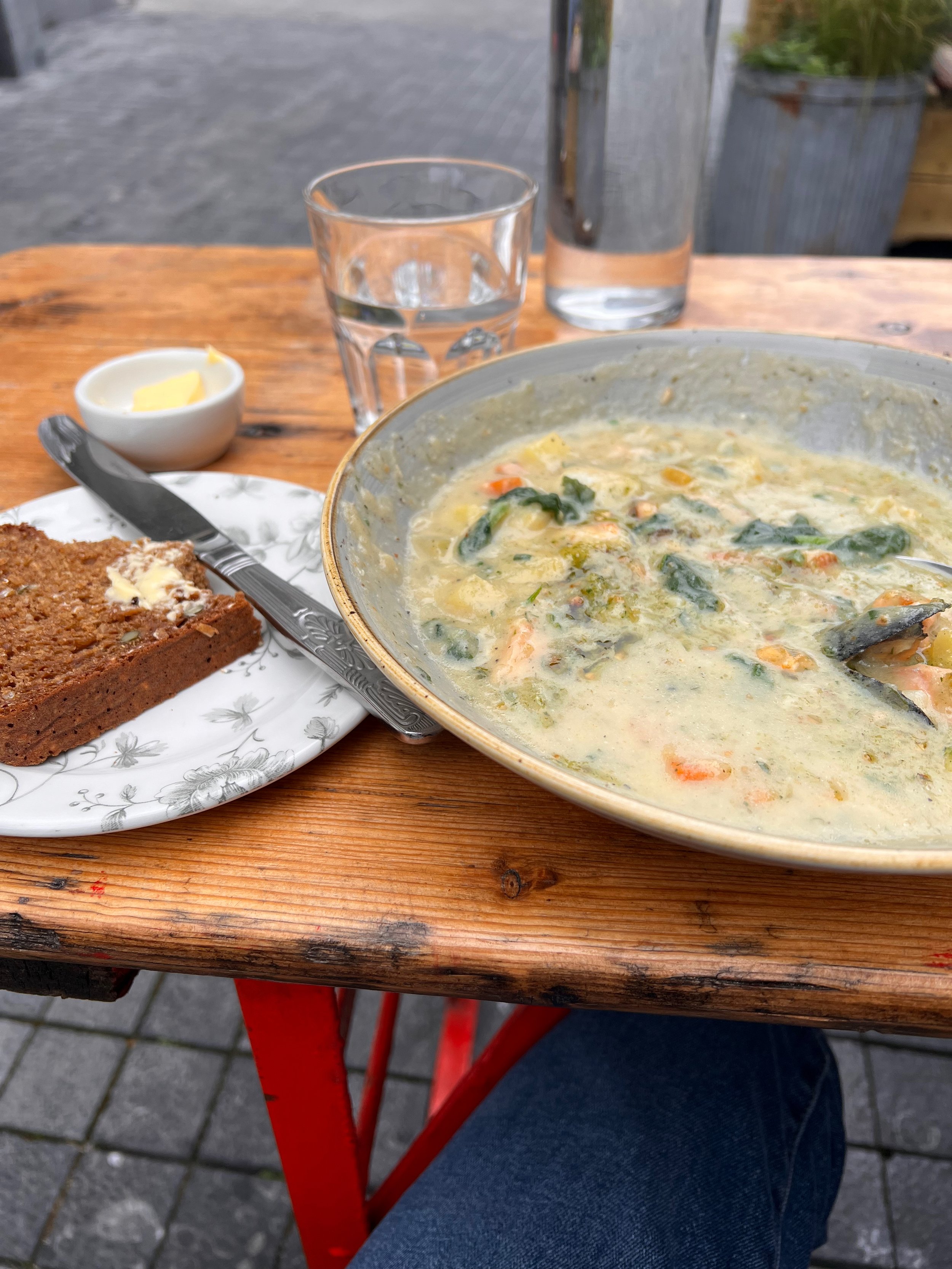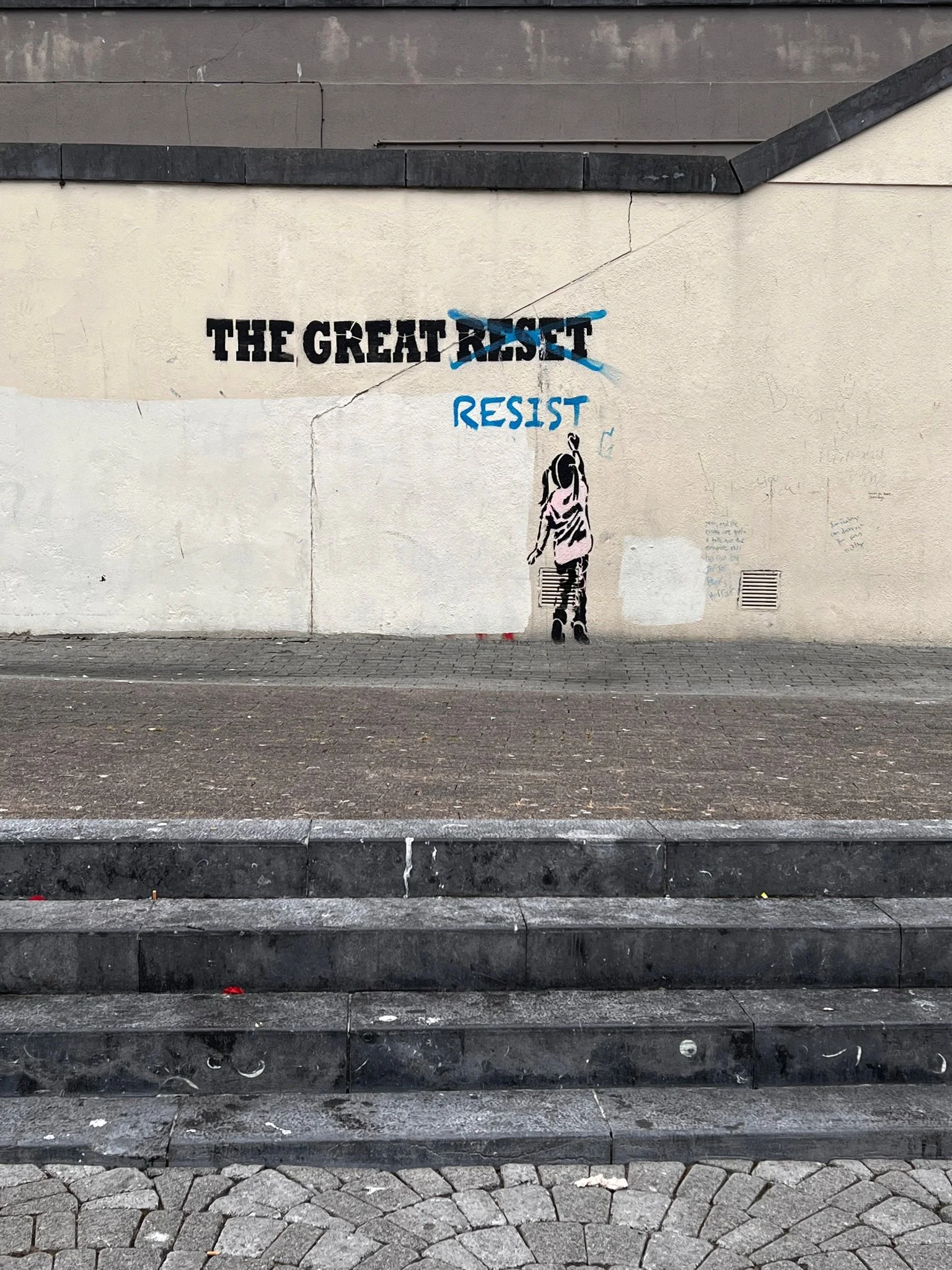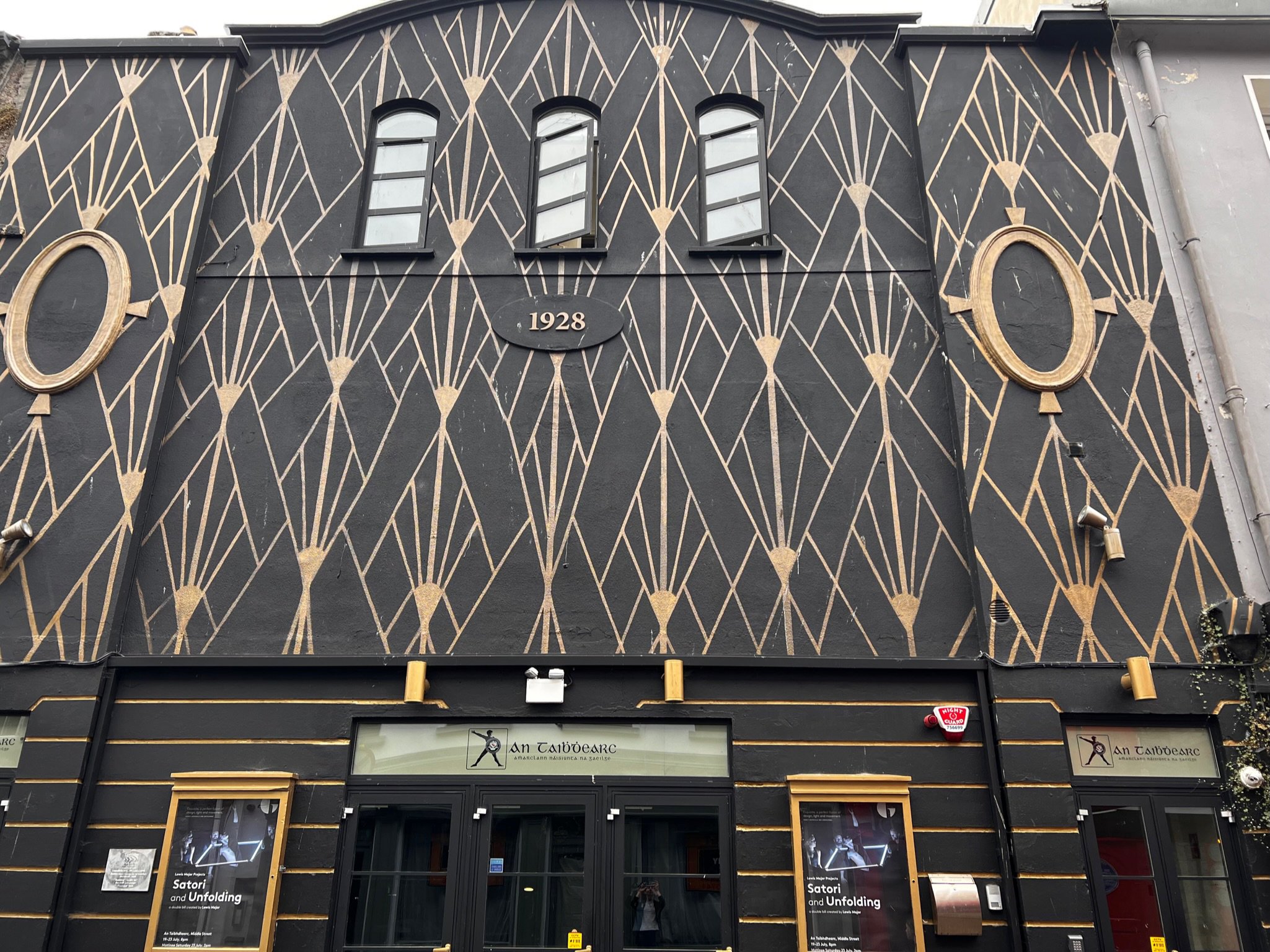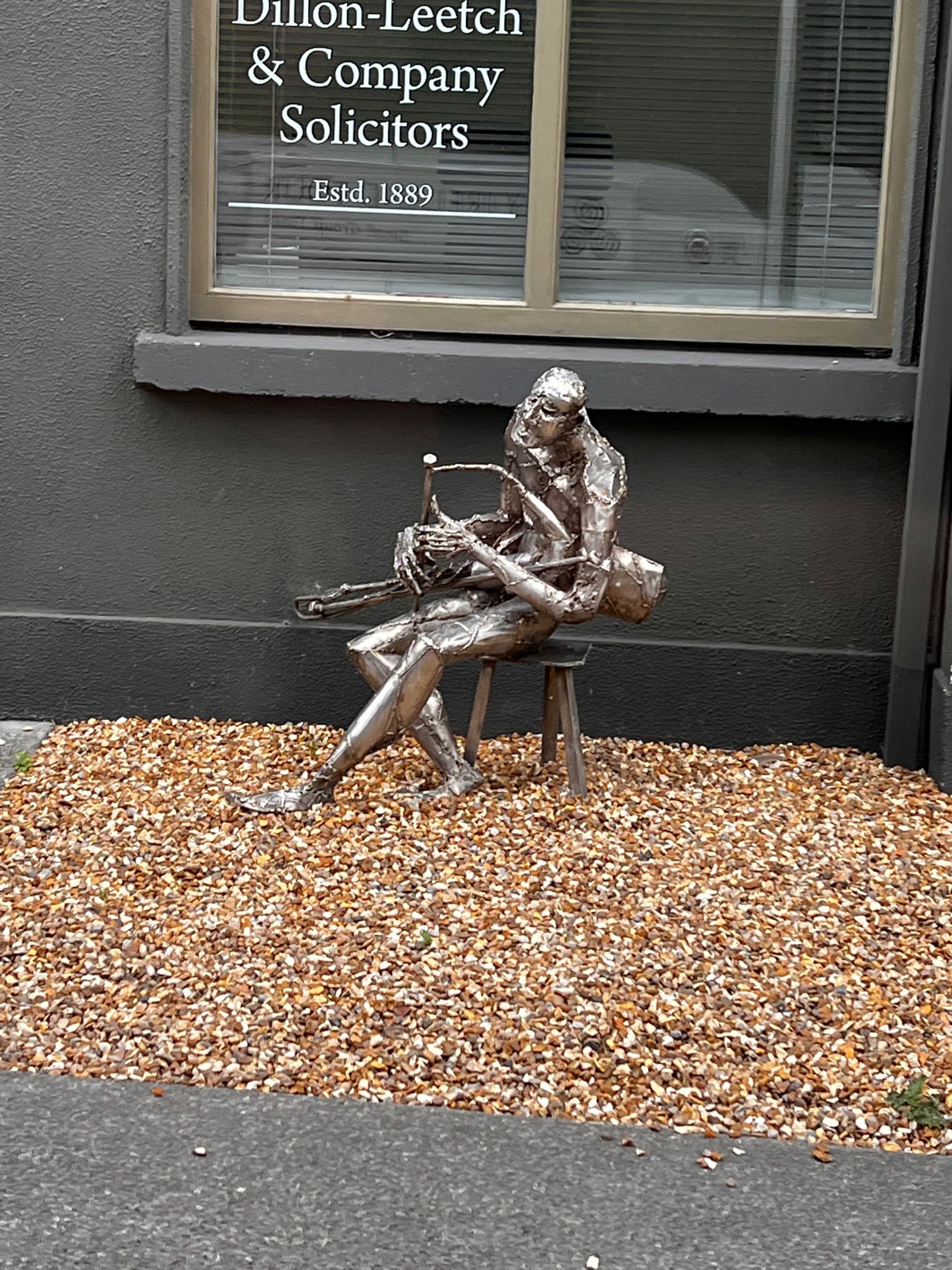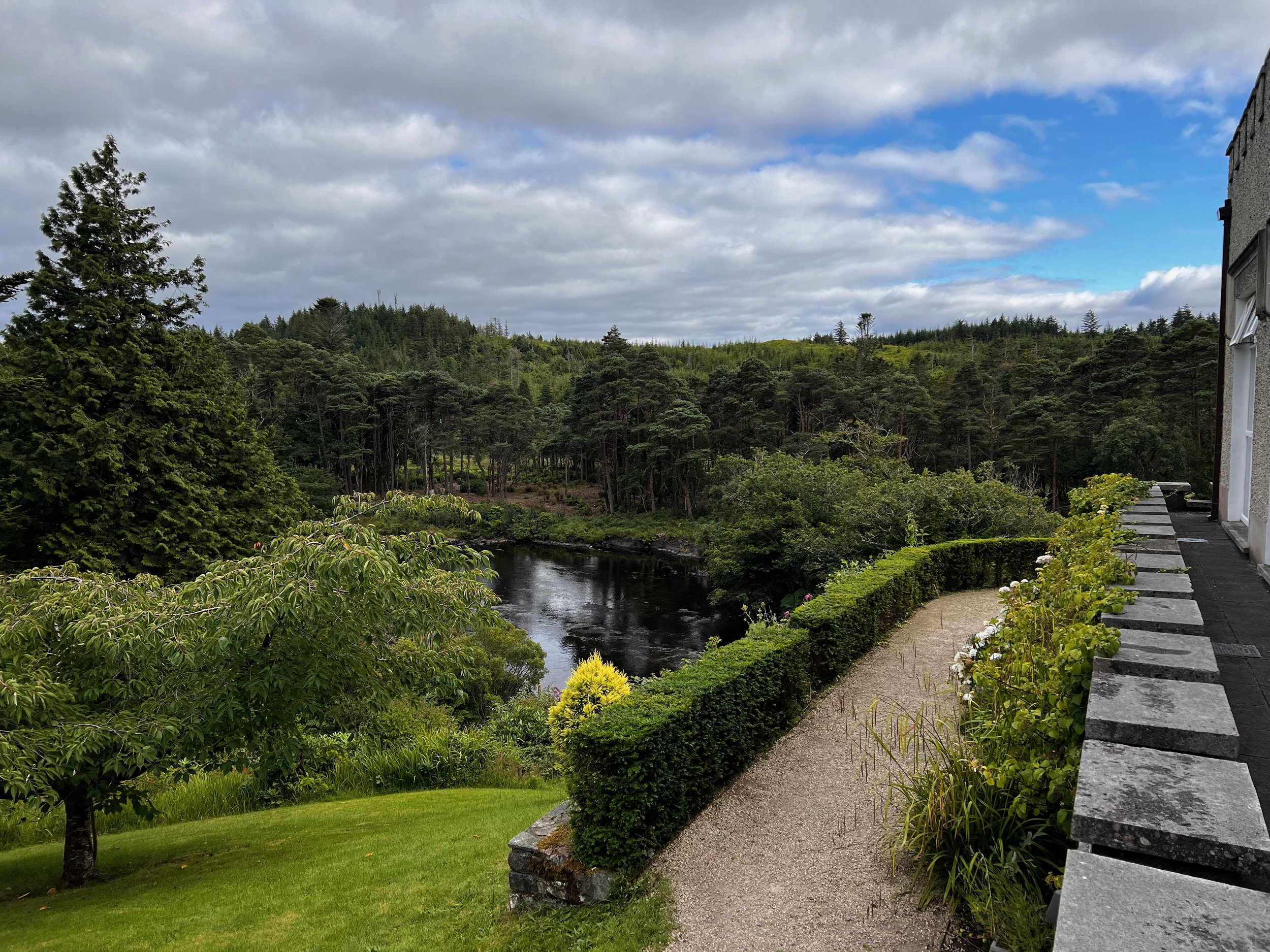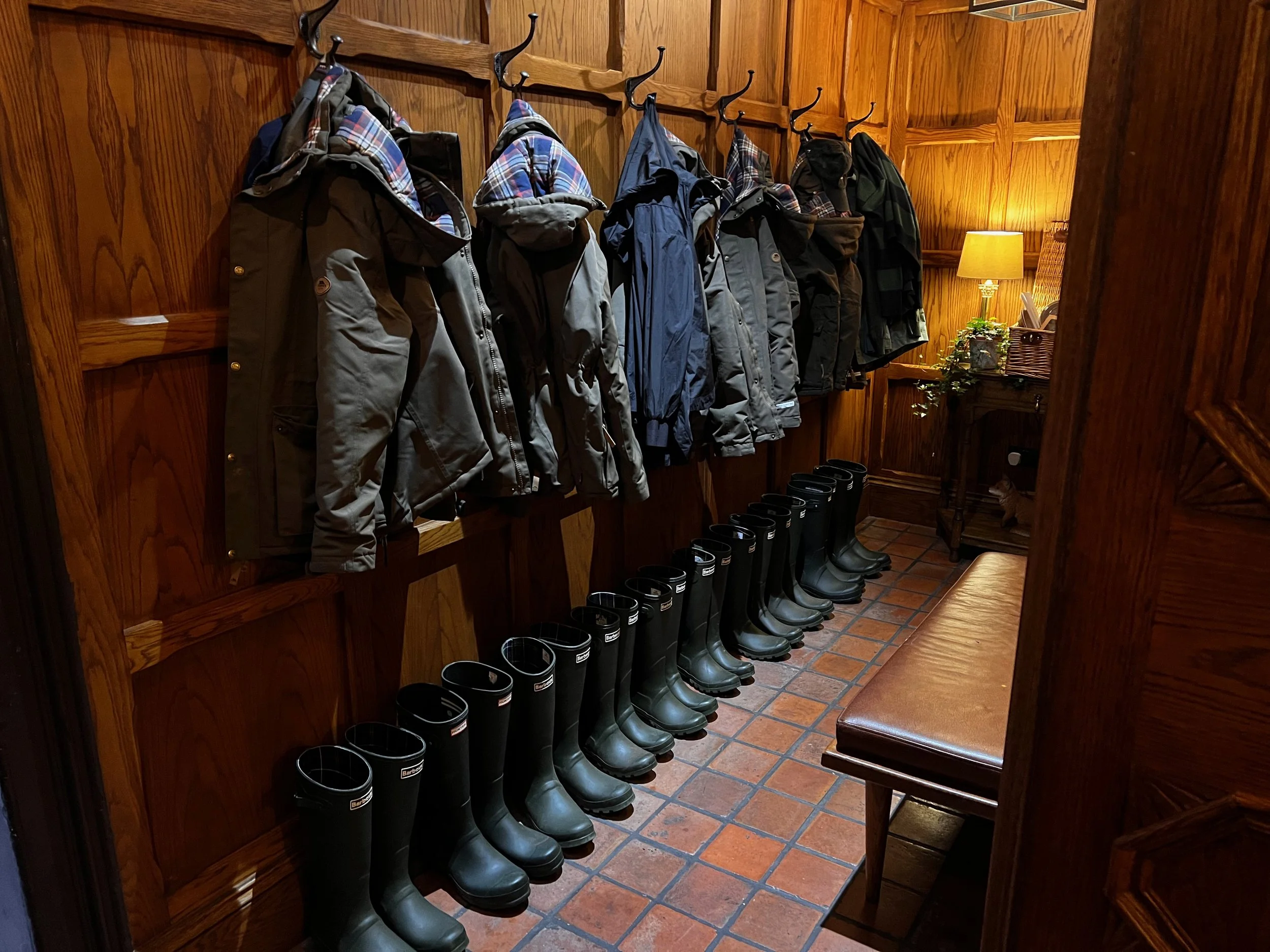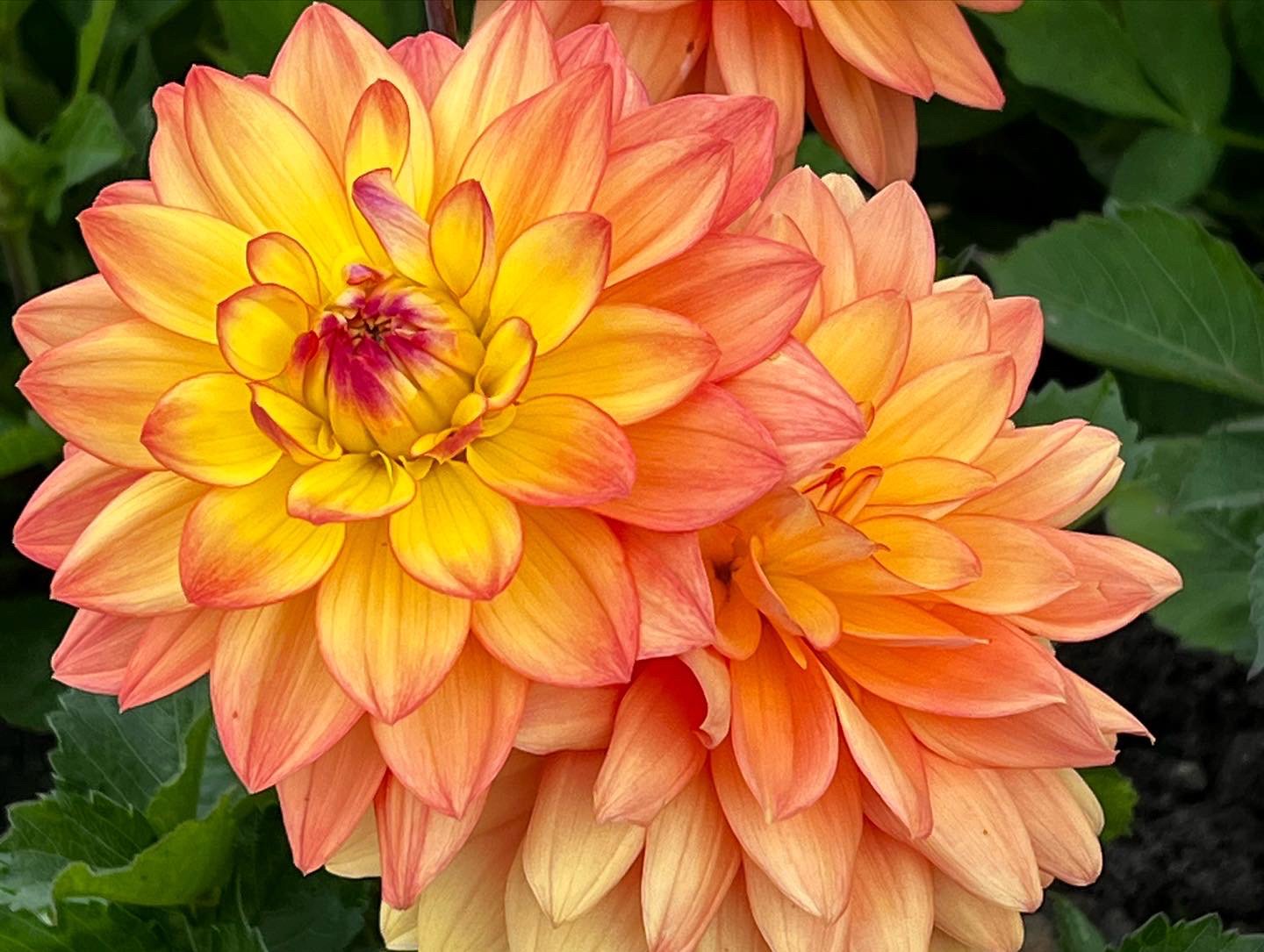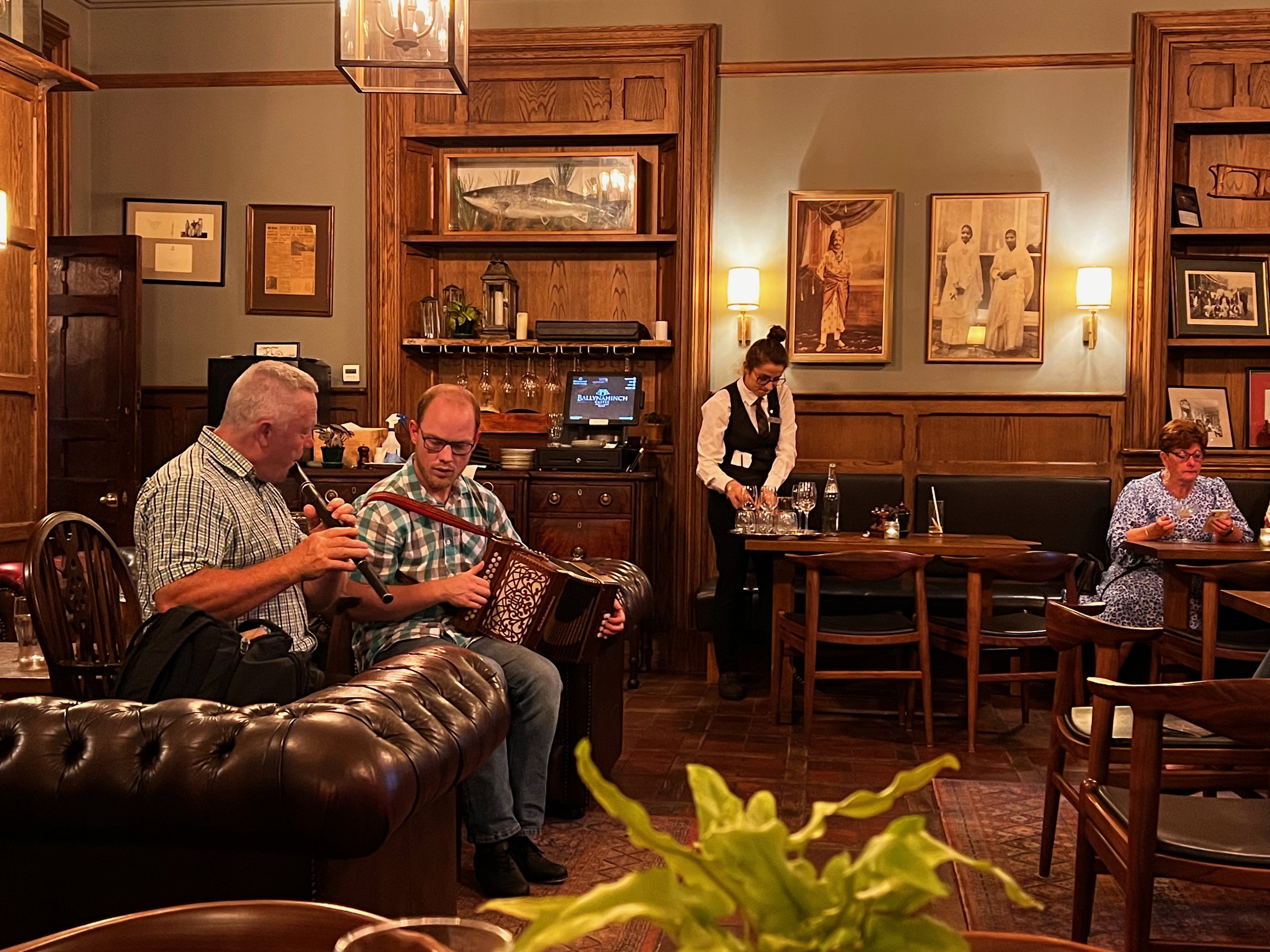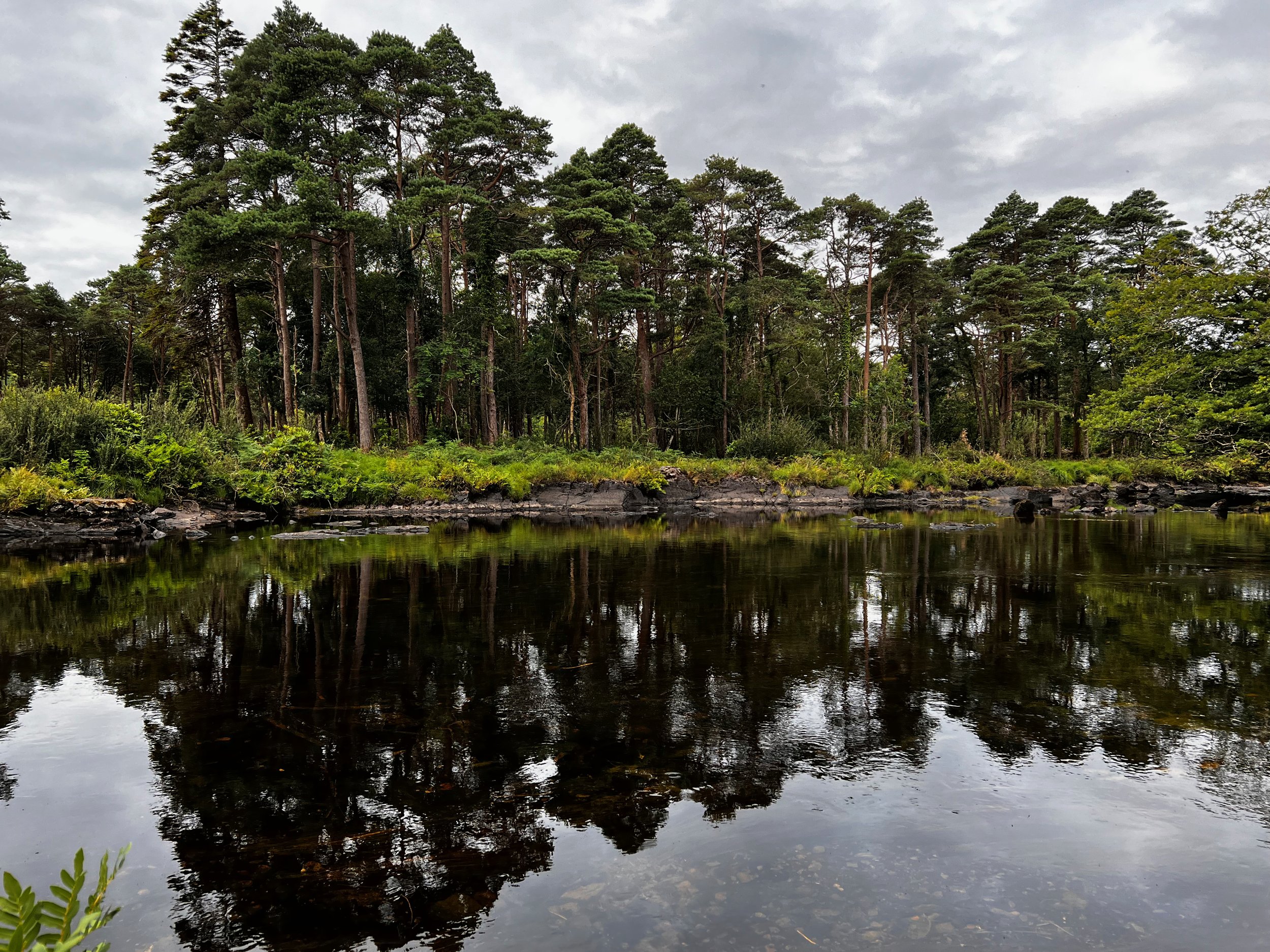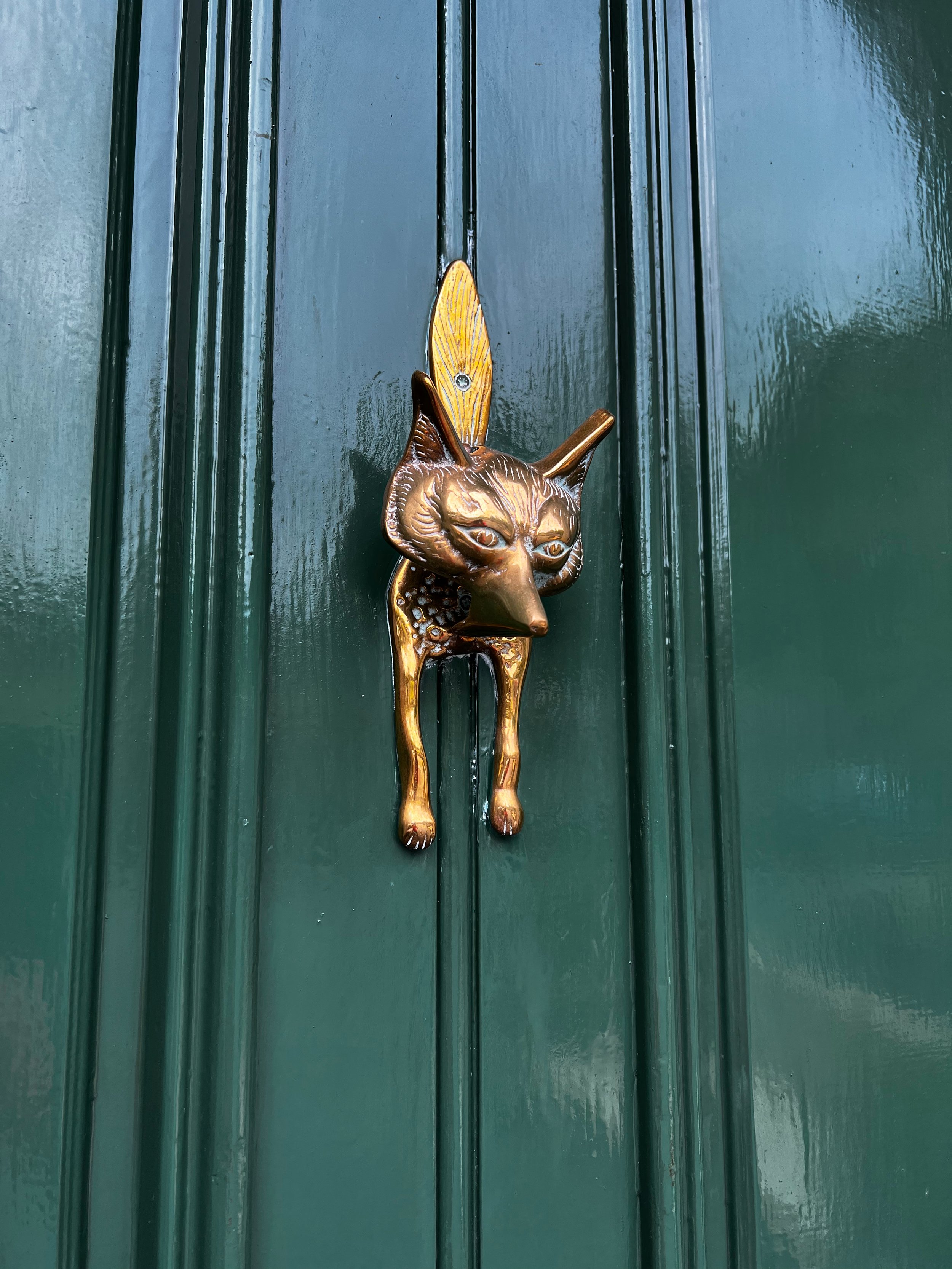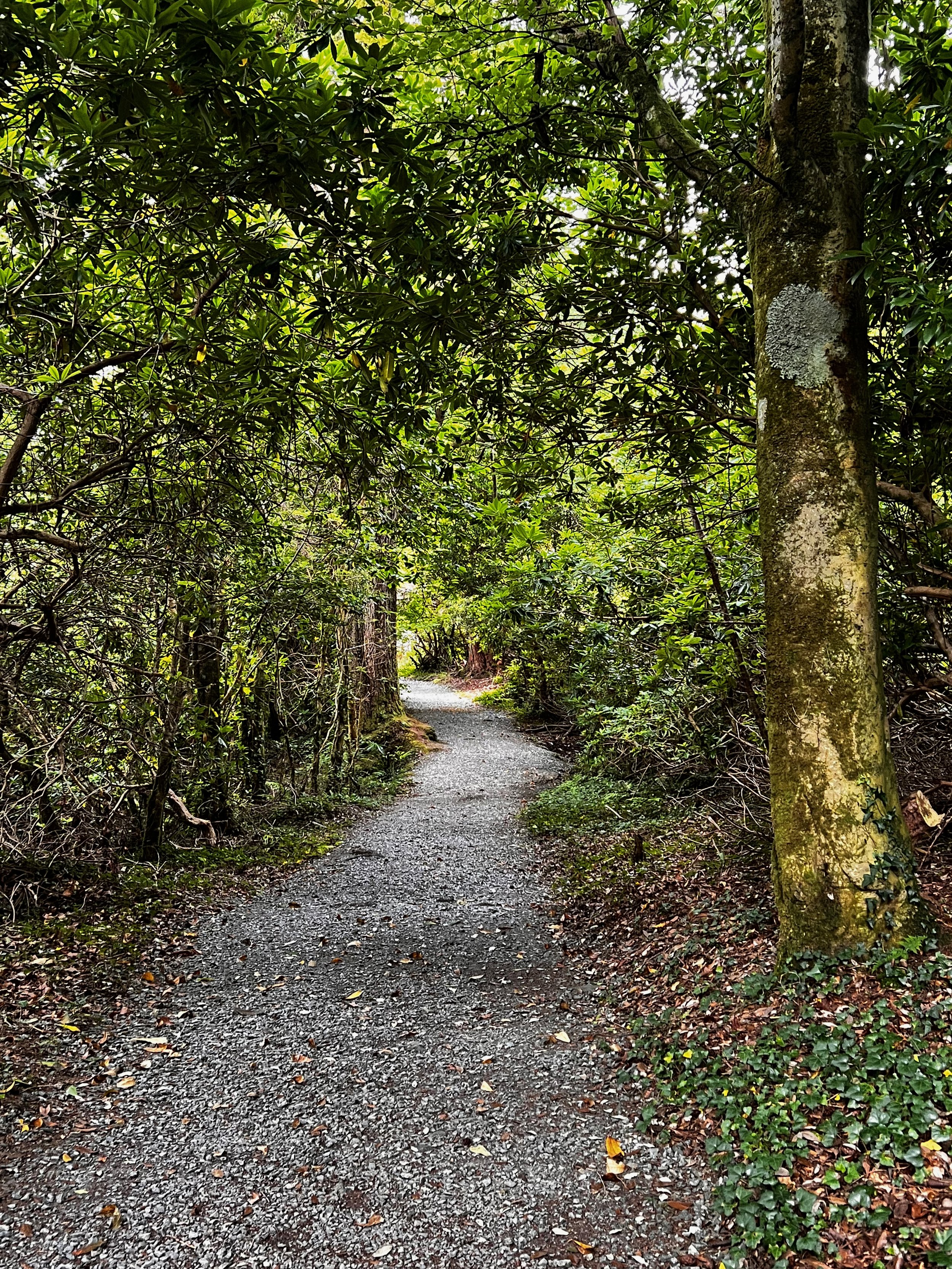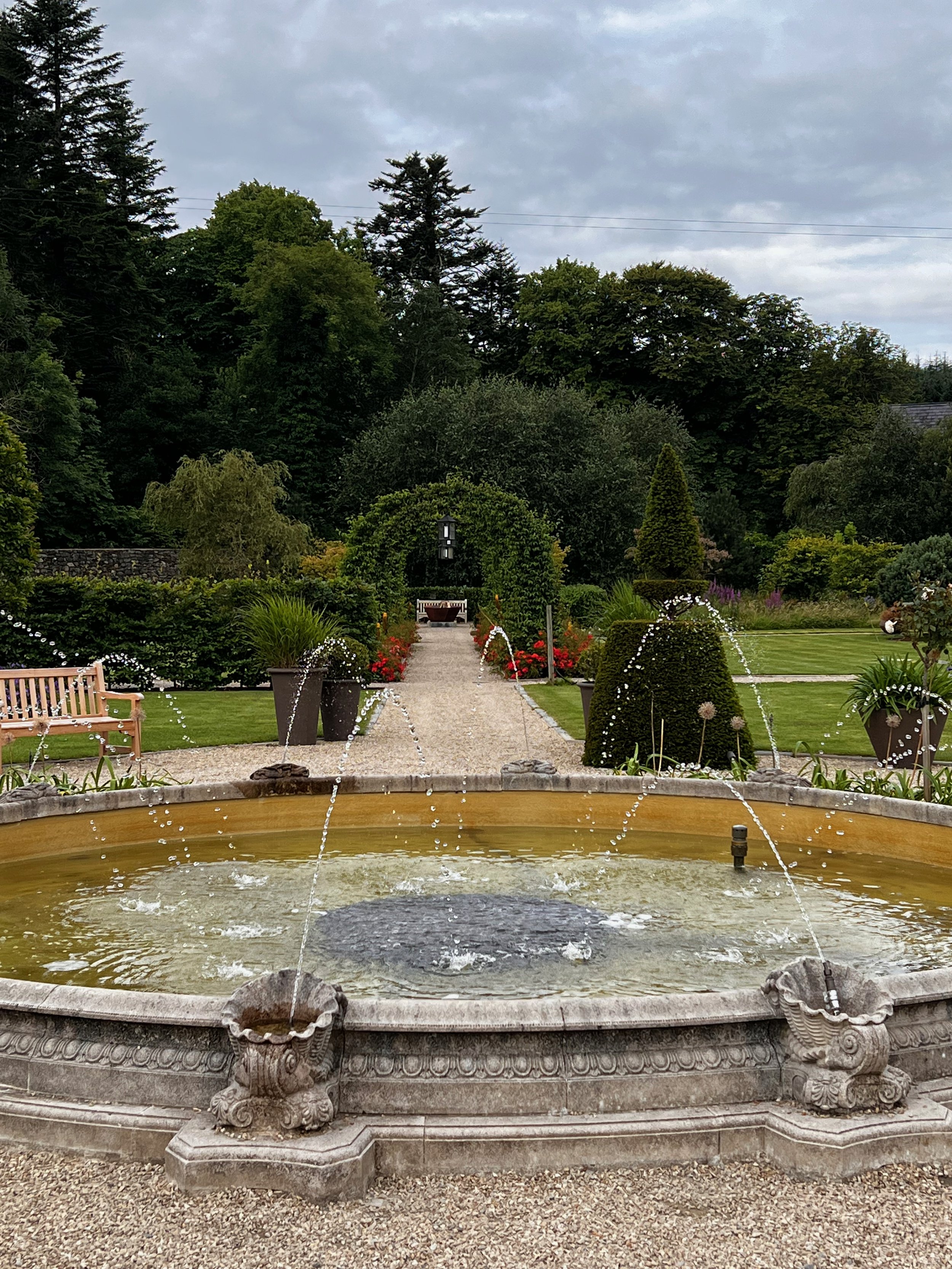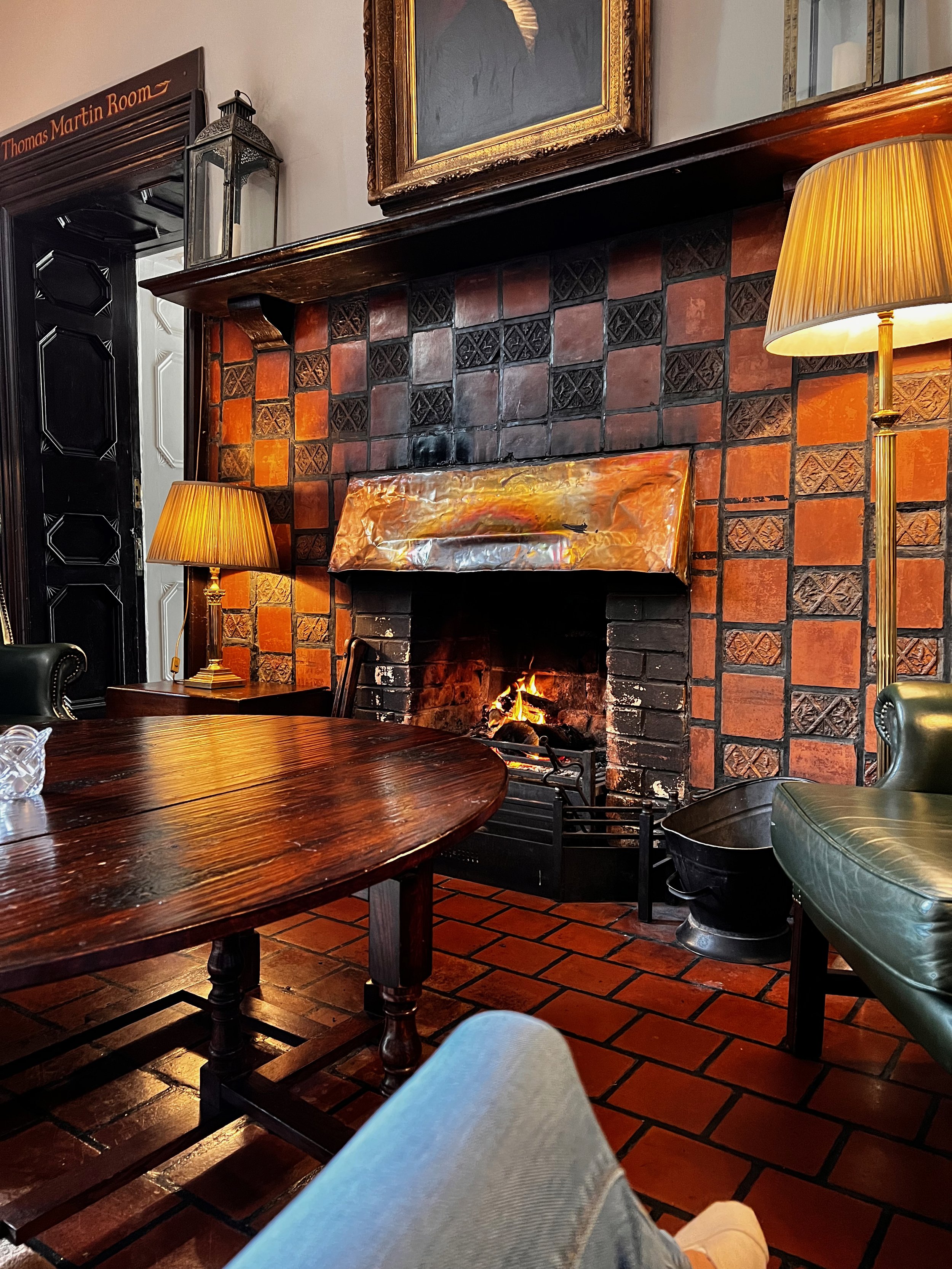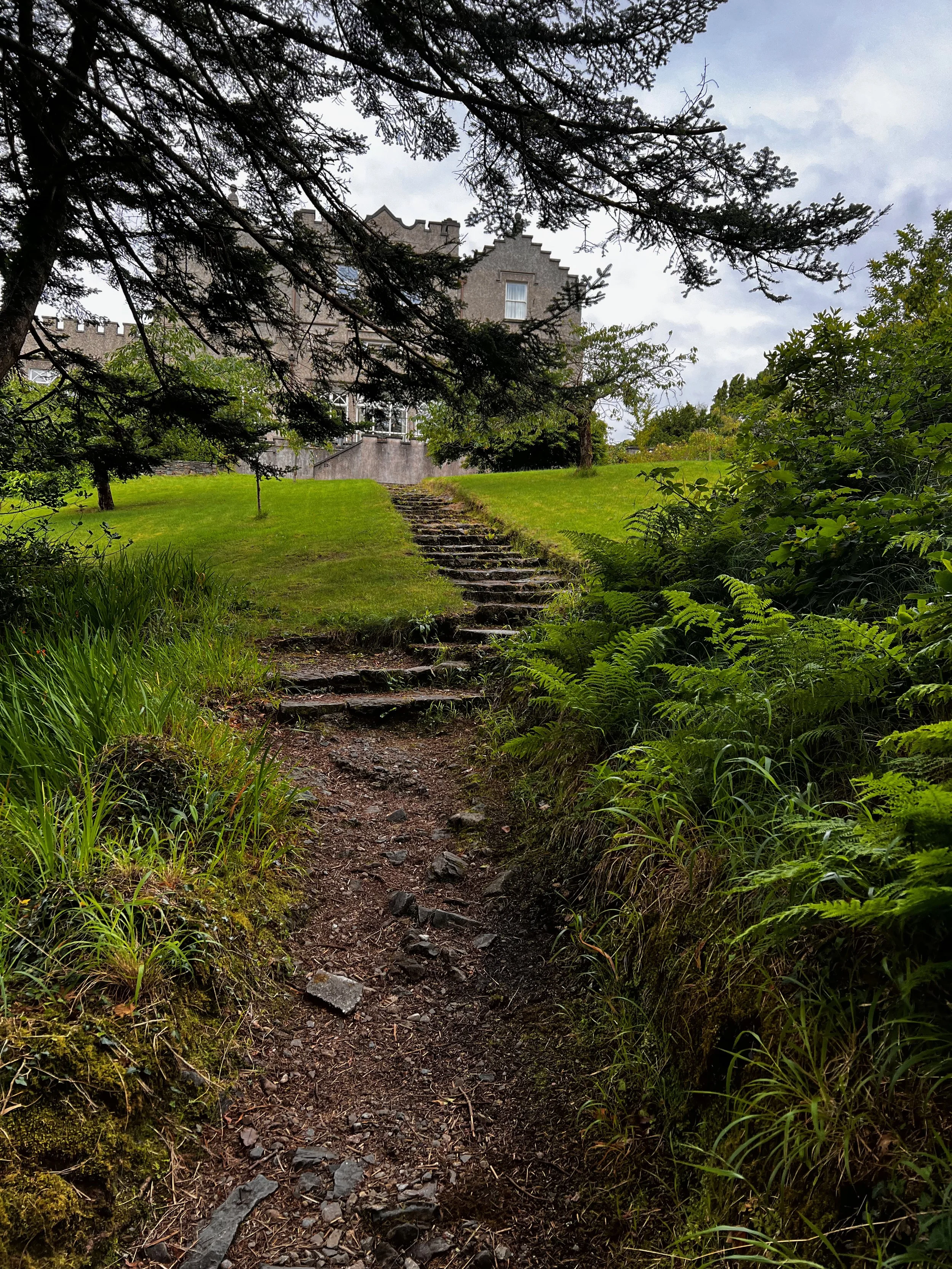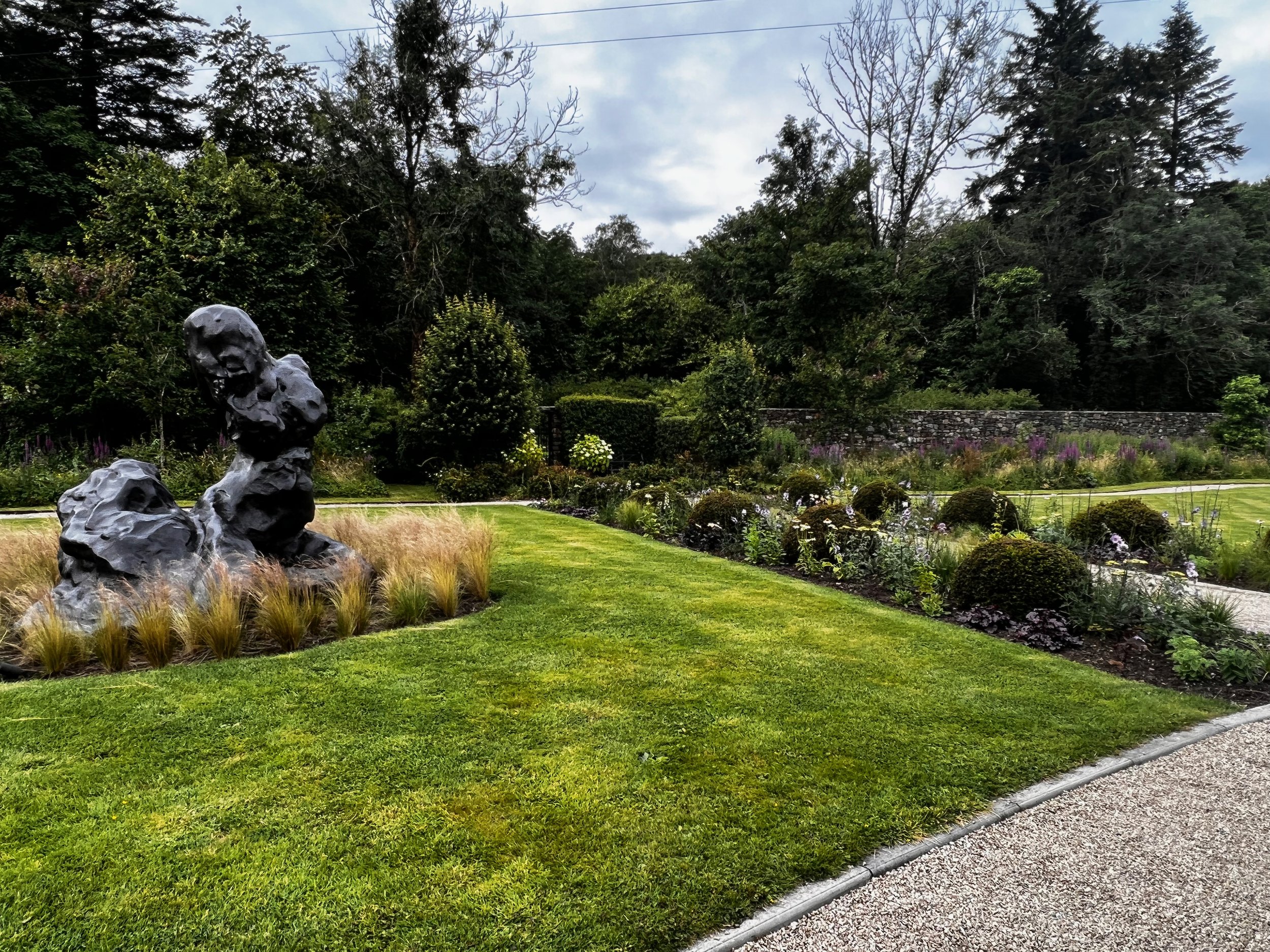Cliffs of Moher and the Burren: Ring of Kerry tour day 4
/It was rather sad to check out of Ballynahinch, but it meant we were heading south, back through Galway, and down to the Cliffs of Moher. I had always wanted to see the Cliffs, sucker that I am for steep, dramatic views. And, in Harry Potter and the Half-Blood Prince, the Cliffs are part of a grand CGI mashup in the scene during which Dumbledore and Harry apparate to the crashing sea, enter the cave, and undergo the horrors necessary to find one of the horcruxes. Neat!
But first, on our way to the Cliffs, we visited Corcomroe Abbey, an early 13th century Cistercian monastery in the Burren region of Co. Clare.
The Burren is a vast limestone plateau (indeed, “the word ‘Burren’ comes from an Irish word “Boíreann” meaning a rocky place”), and in its southeastern area lies Burren National Park. Within the park can be found “examples of all the major habitats within the Burren: Limestone Pavement, Calcareous Grassland, Hazel scrub, Ash/Hazel Woodland, Turloughs, Lakes, Petrifying Springs, Cliffs and Fen.” Fascinatingly,
The Burren region is internationally famous for its landscape and flora. A visit to the Burren during the summer months will leave a person amazed by the colourful diversity of flowering plants living together within the one ecosystem. Arctic-alpine plants living side by side with Mediterranean plants, calcicole (lime-loving) and calcifuge (acid-loving) plants growing adjacent to one another and woodland plants growing out in the open with not a tree nearby to provide shade from the sun. Also found here are certain species which, although rare elsewhere, are abundant in the Burren. Even more amazingly they all survive in a land that appears to be composed entirely of rock.
To the Cliffs! It was actually so stunningly bright that I struggled to take good photos, but I enjoyed a magnificent walk along quite a bit of the visitors’ path, the many views, and the sheep and cows grazing languidly in the highest pastures. My only disappointment was not seeing any puffins. Next time!

